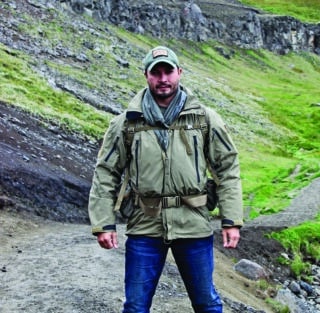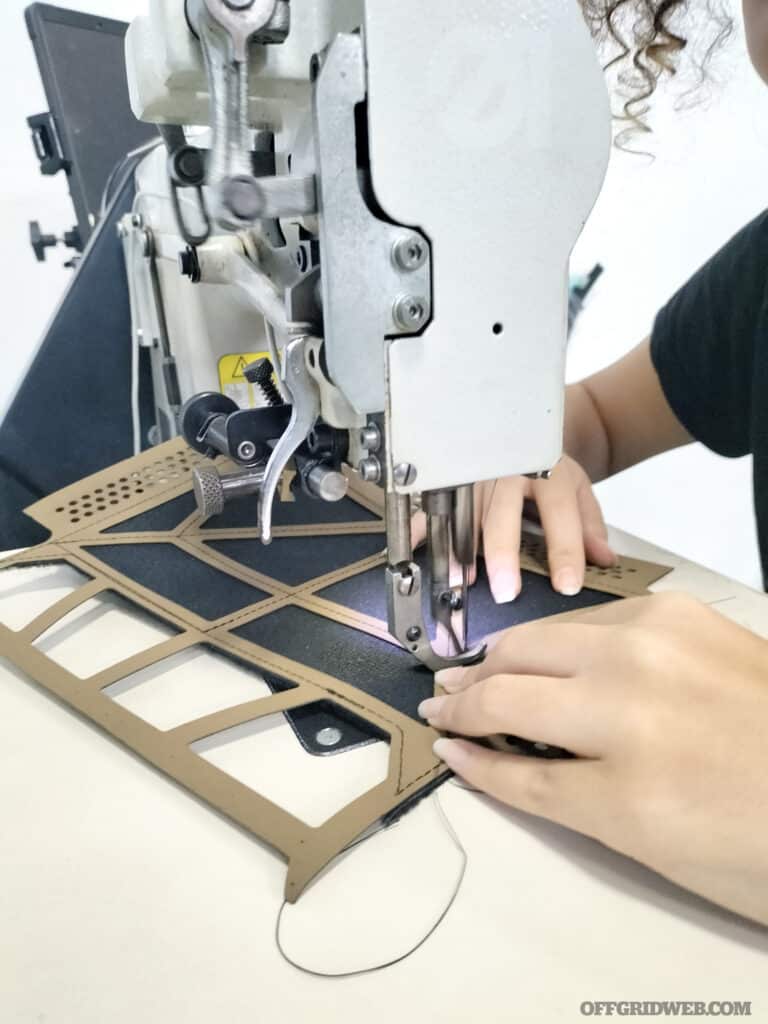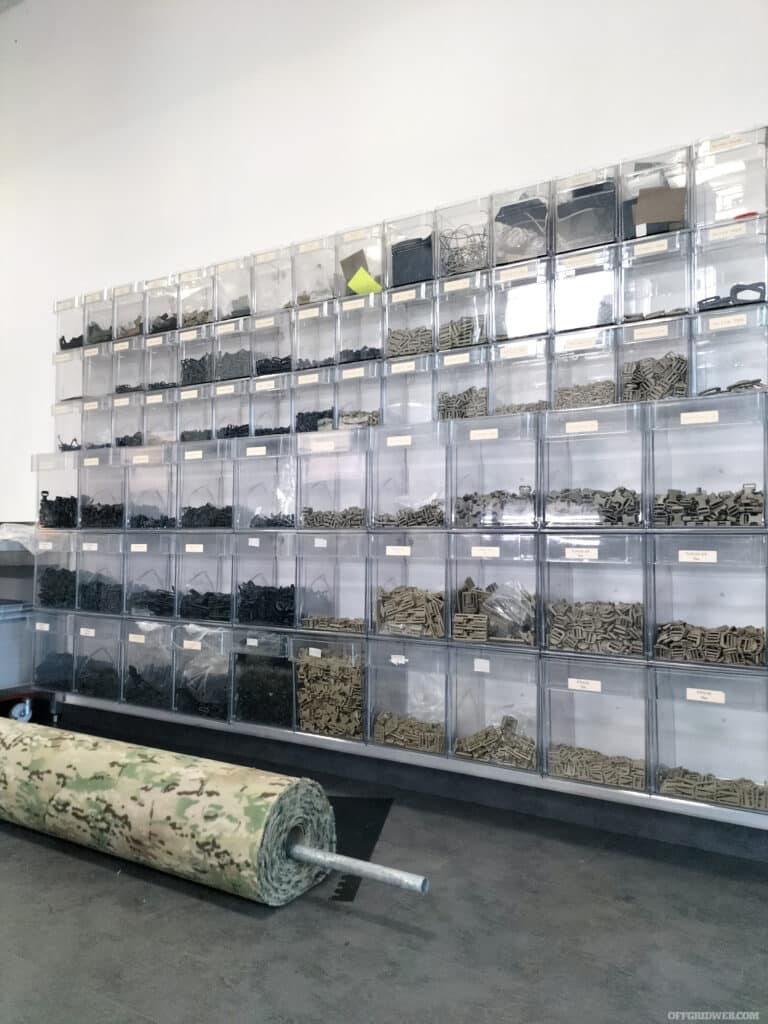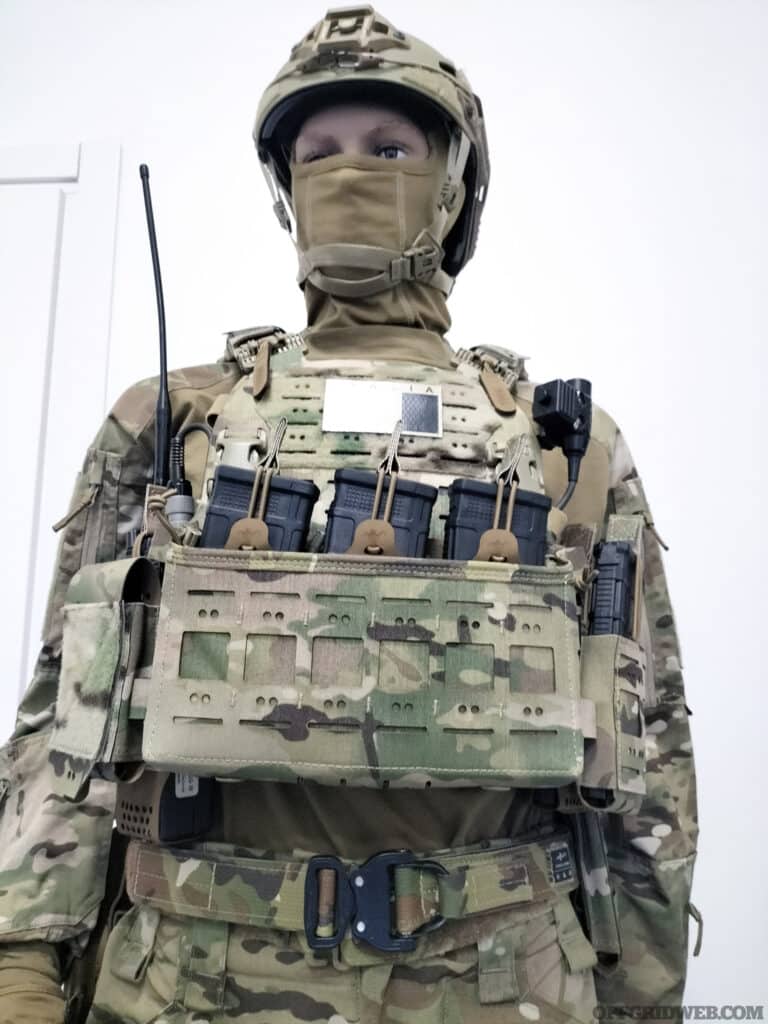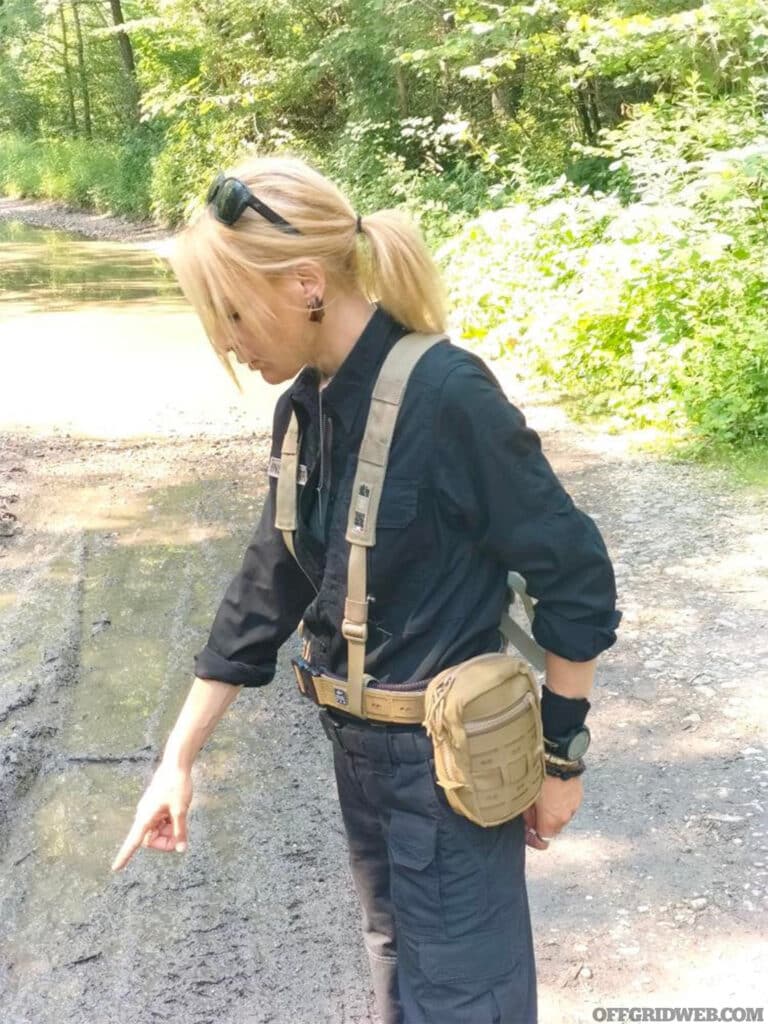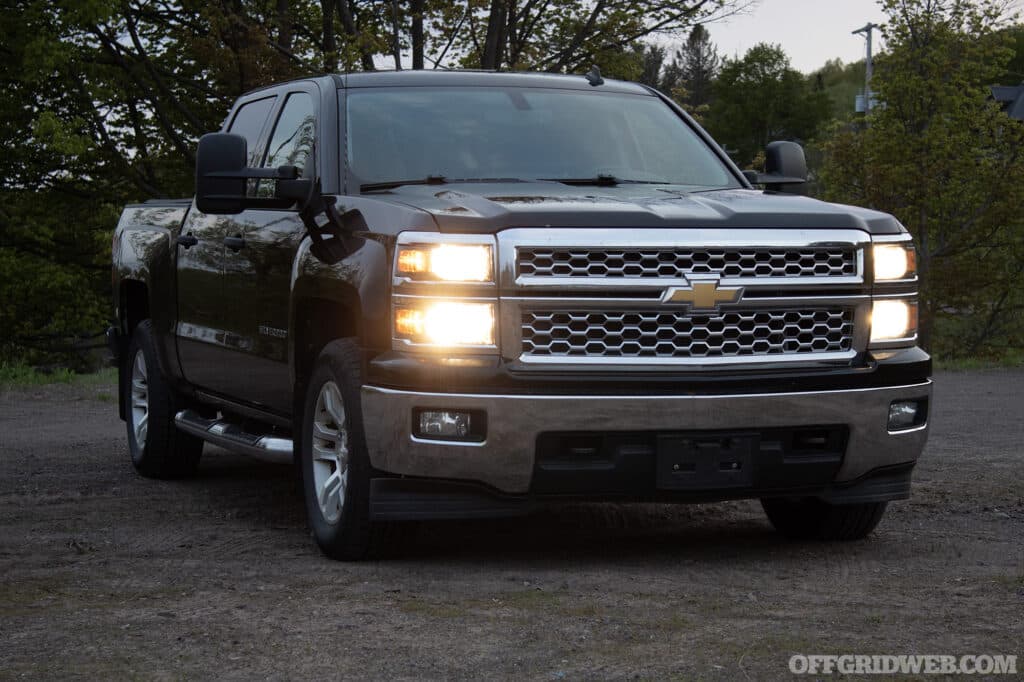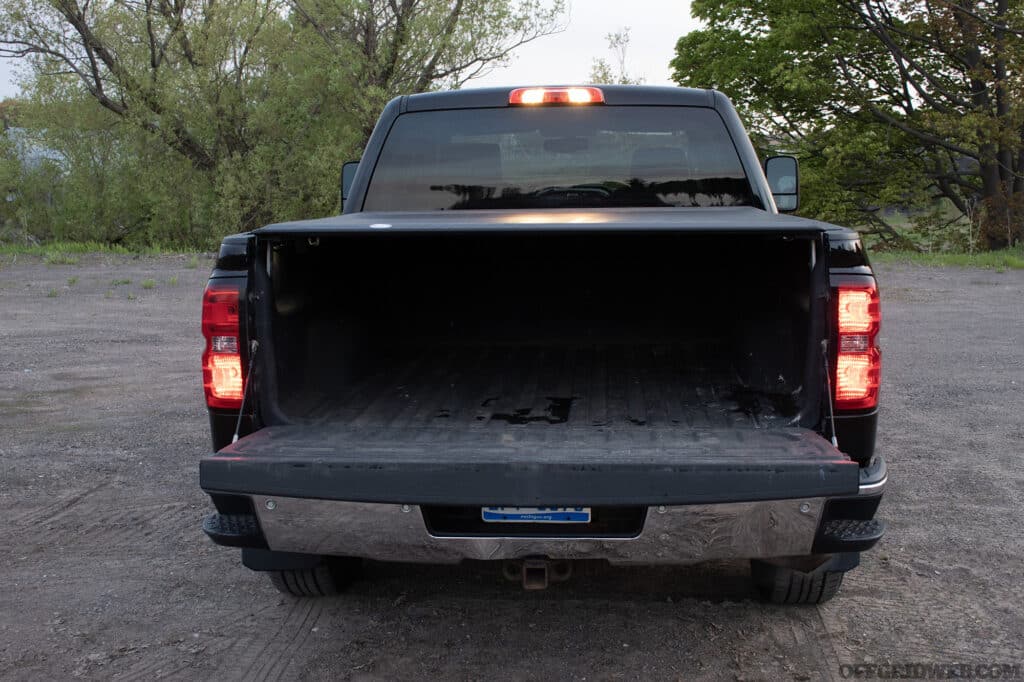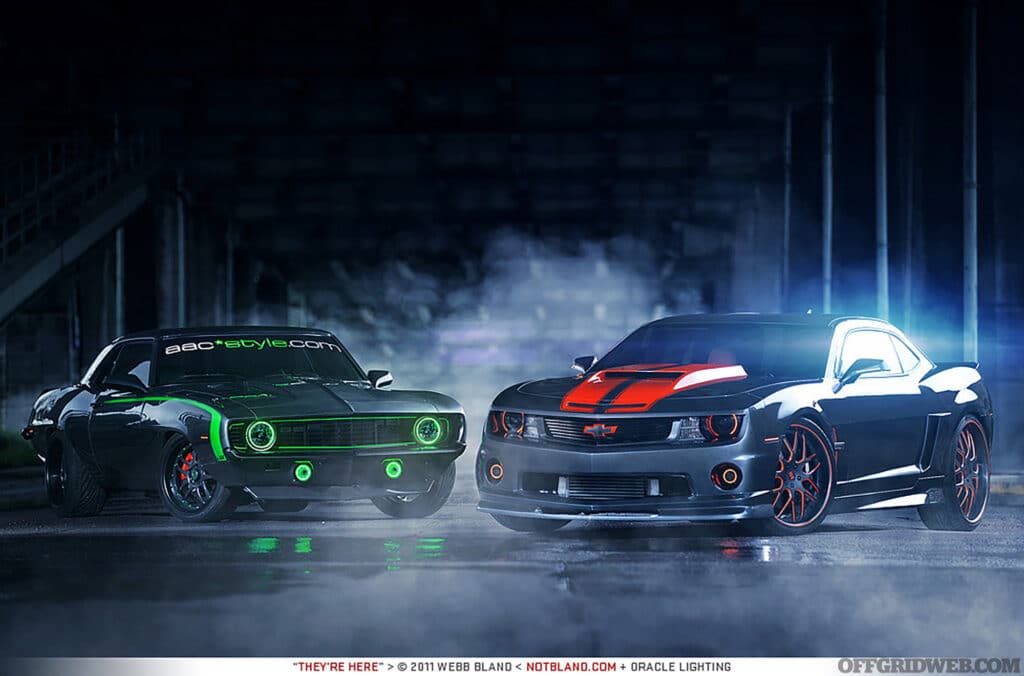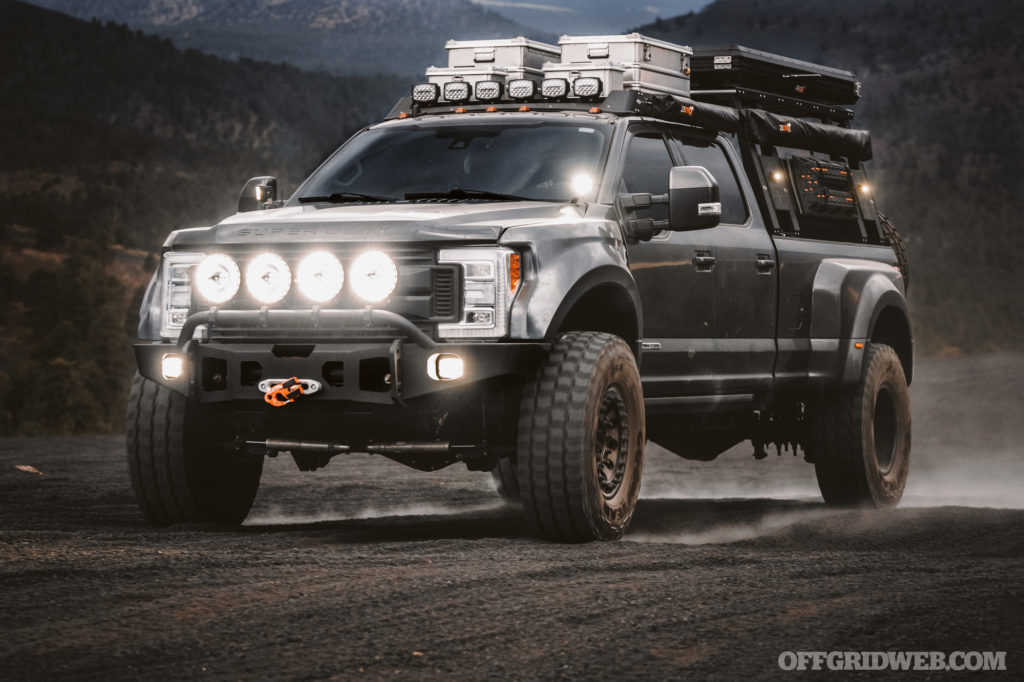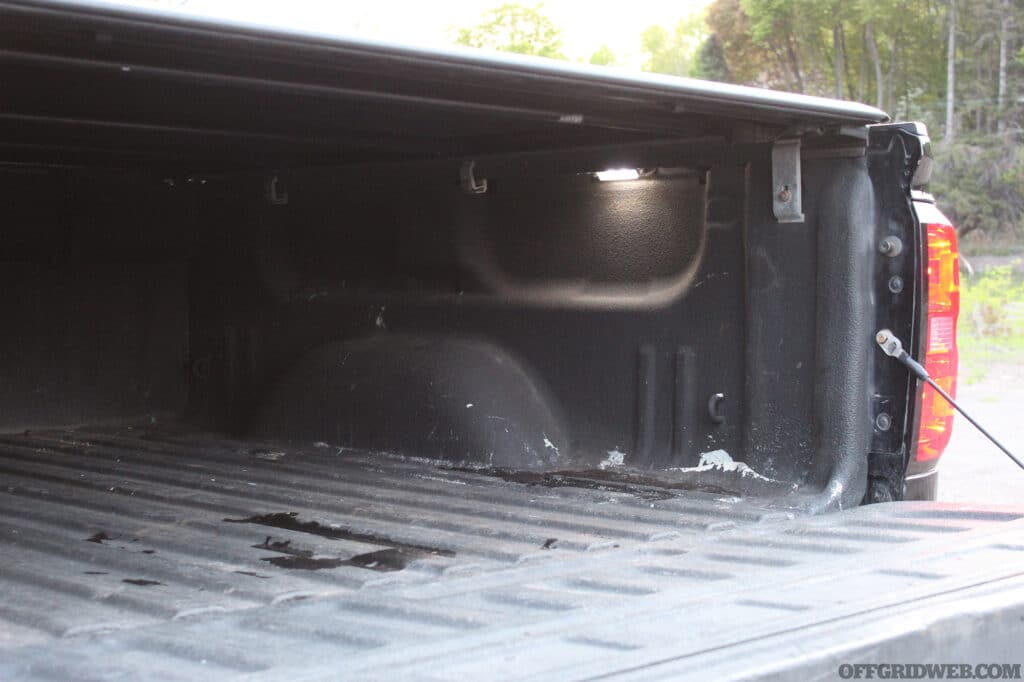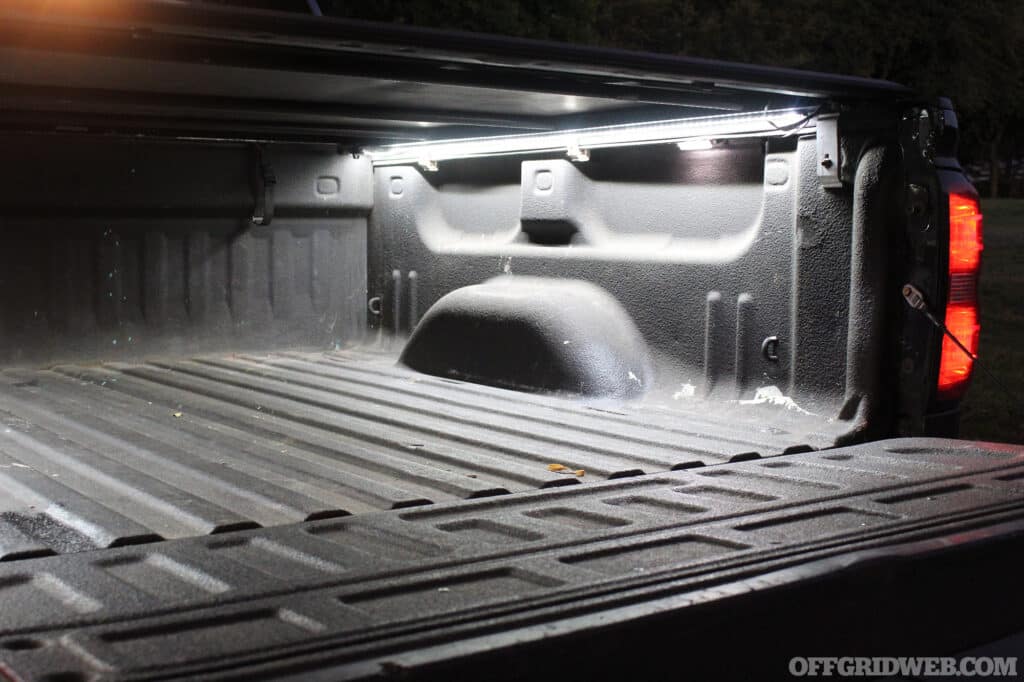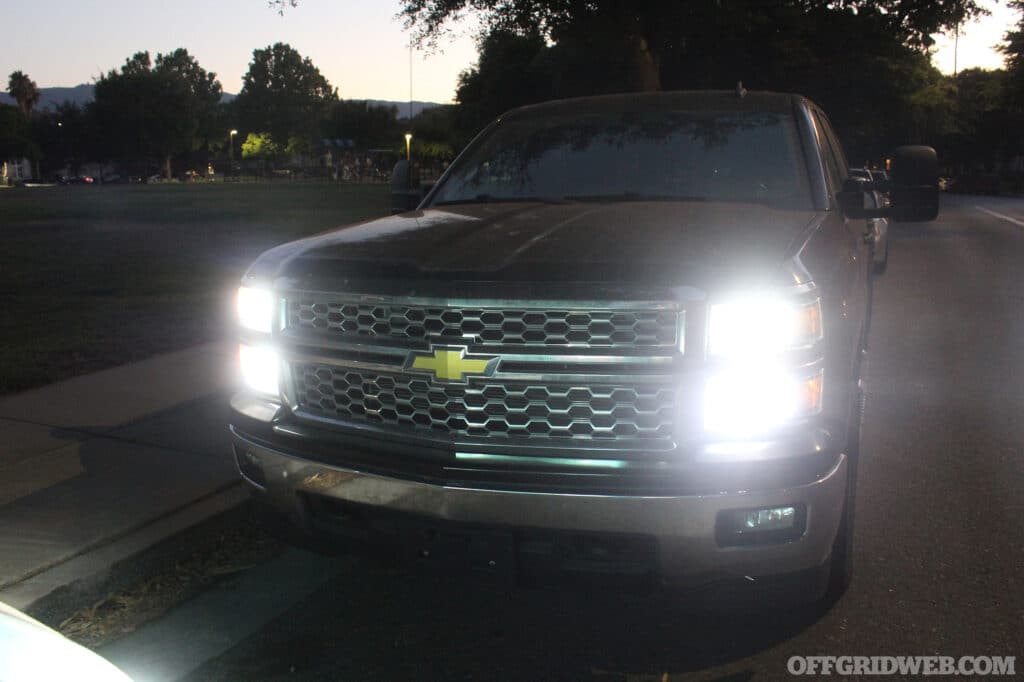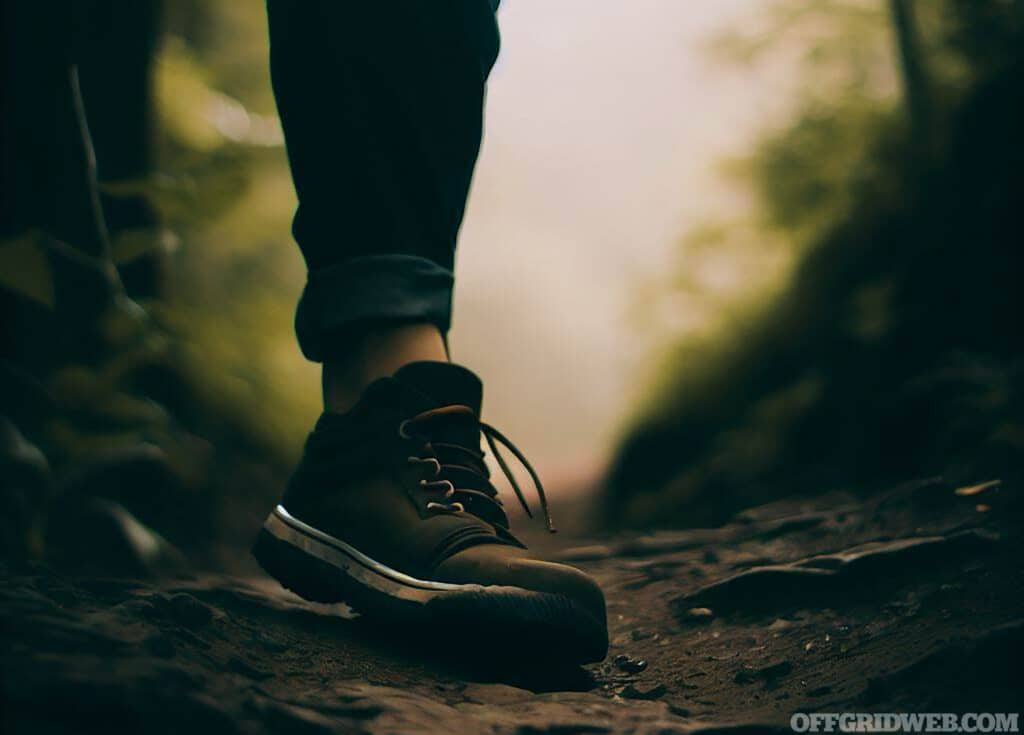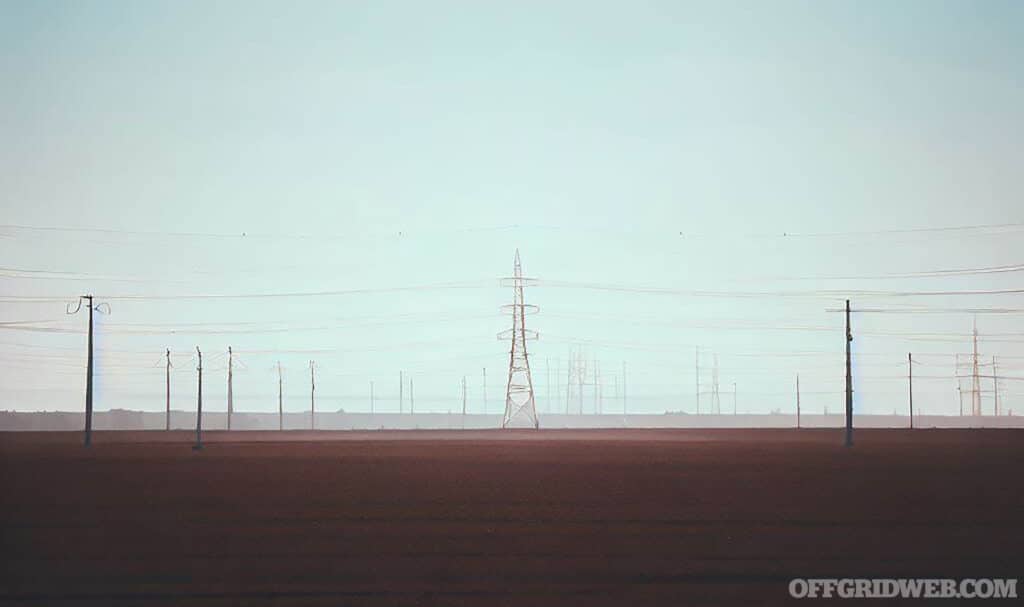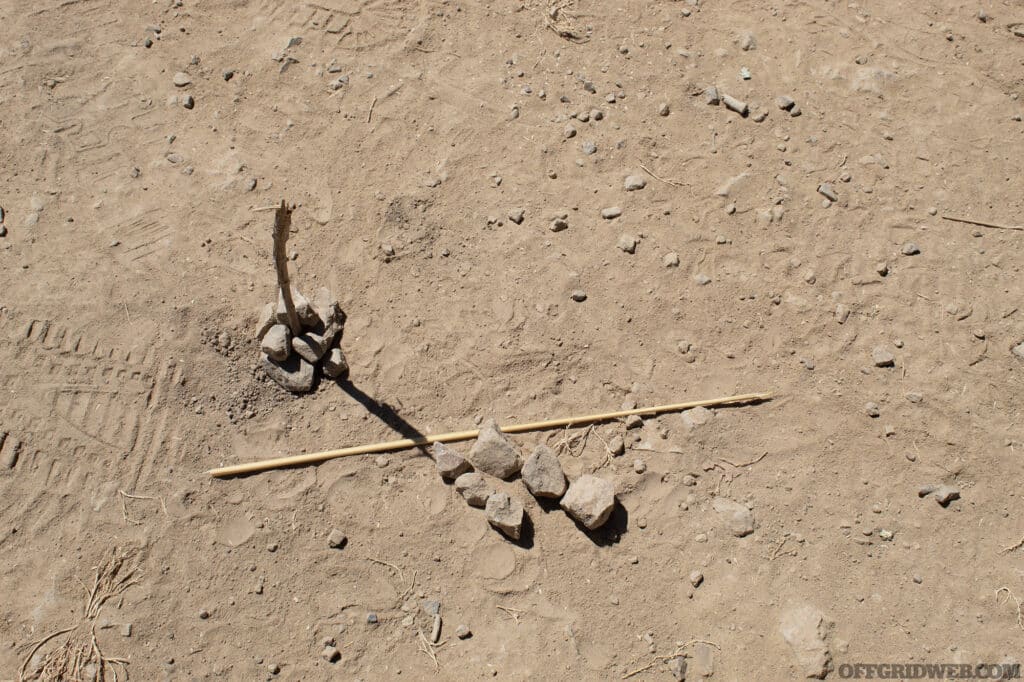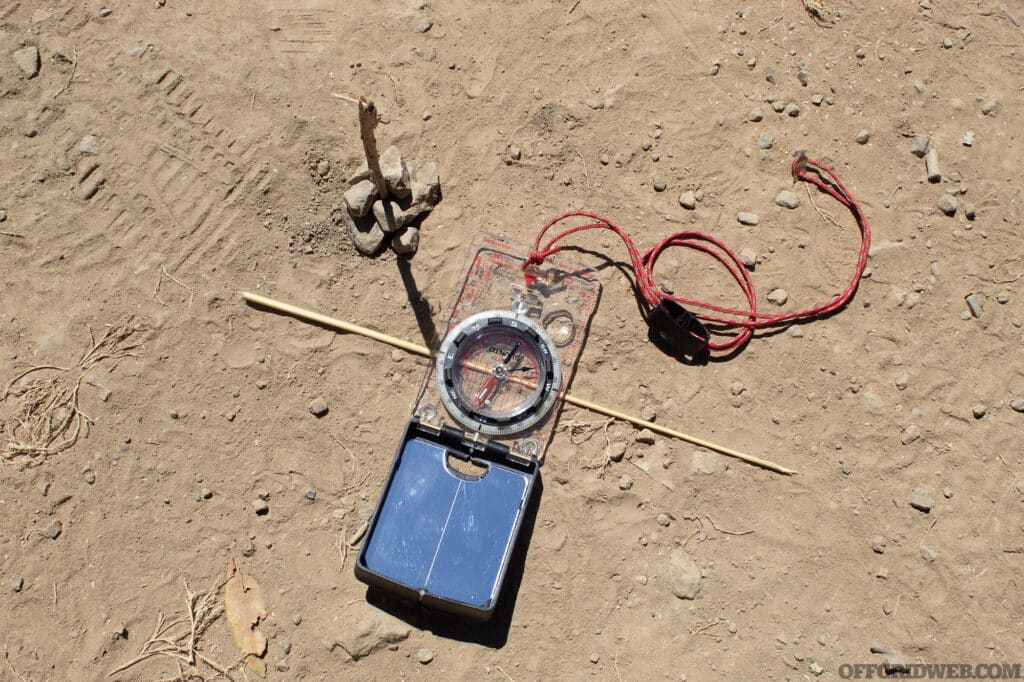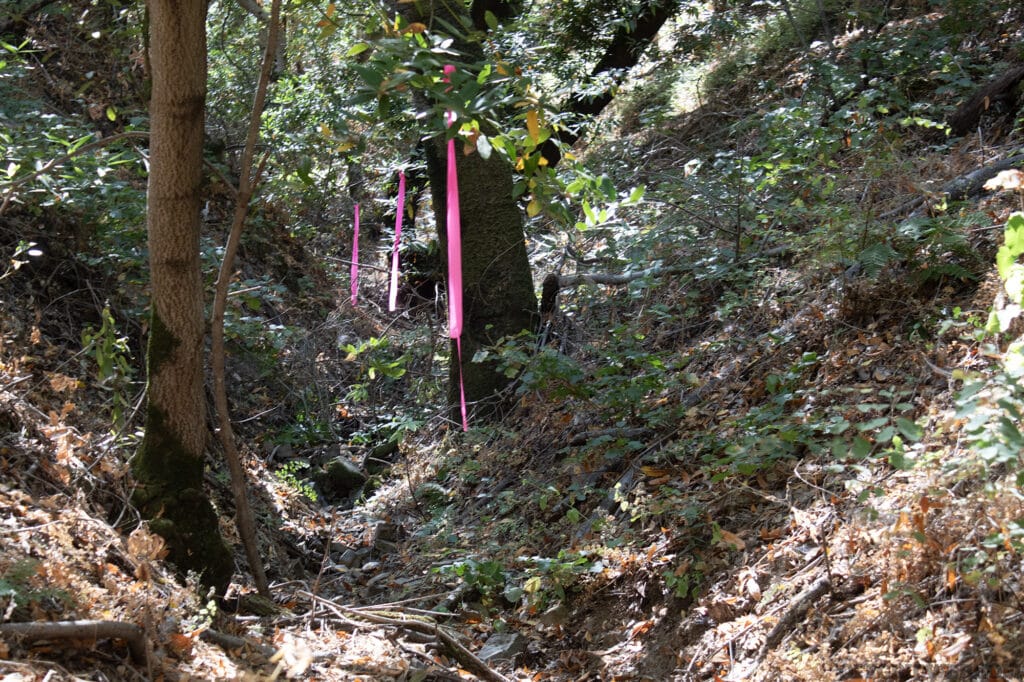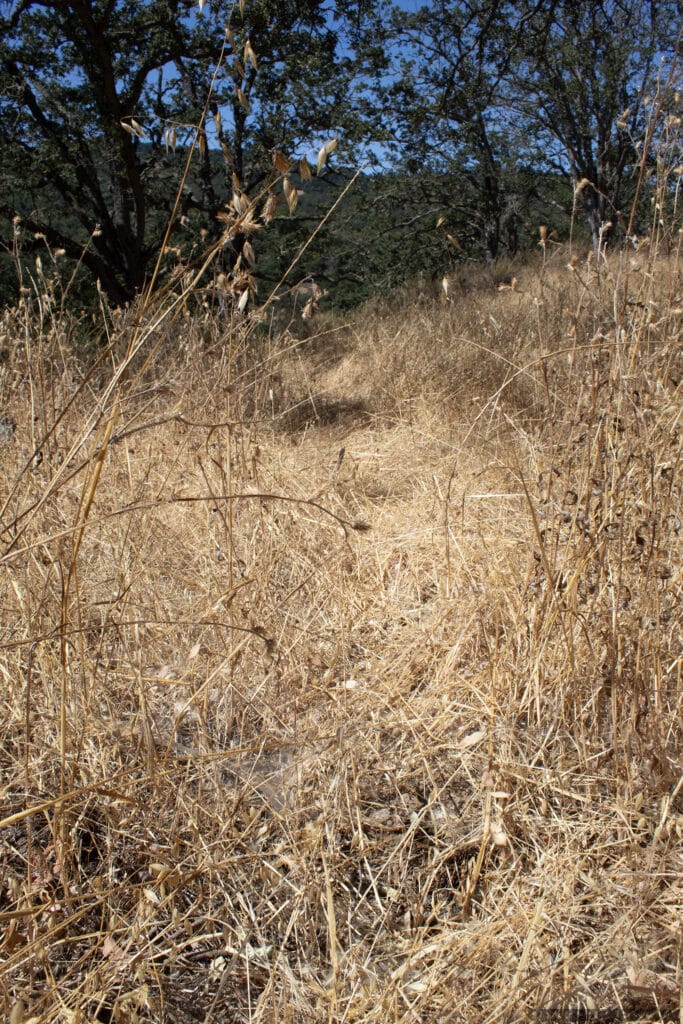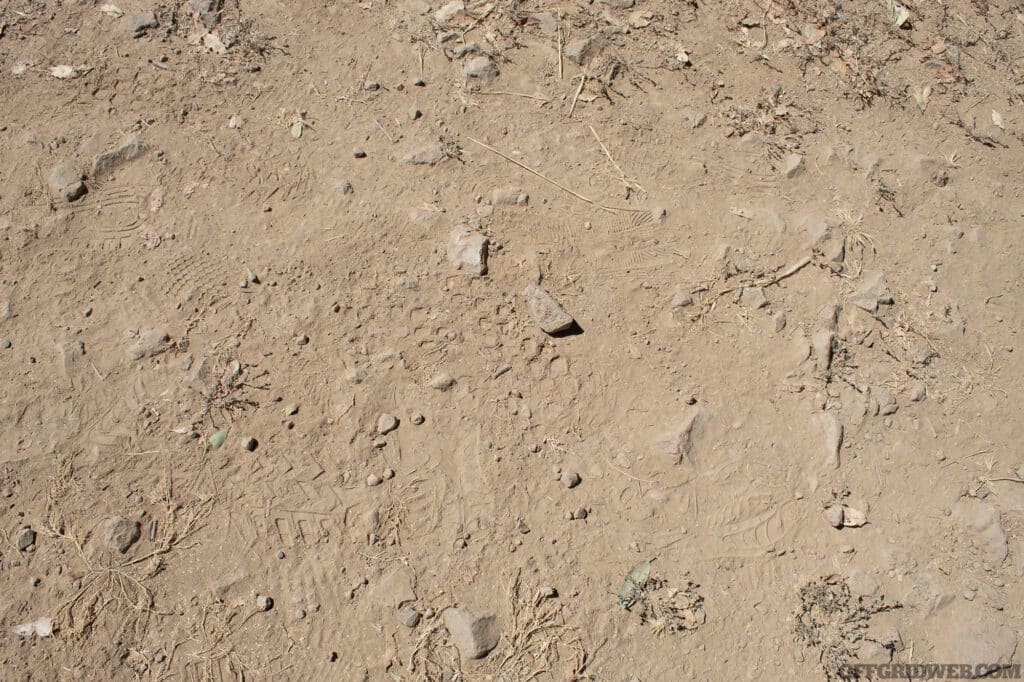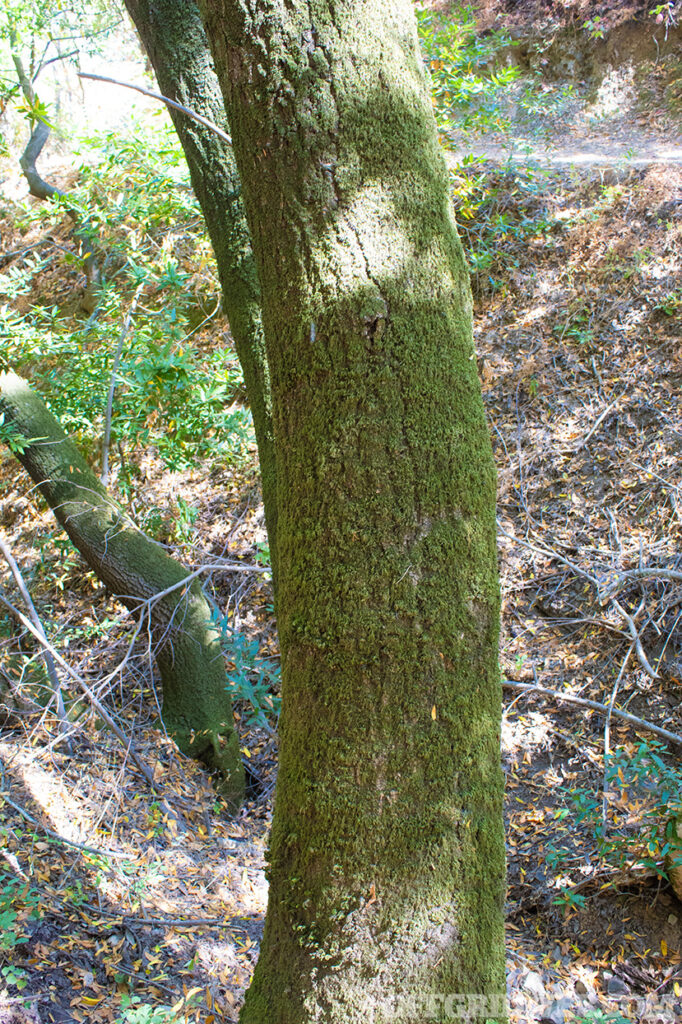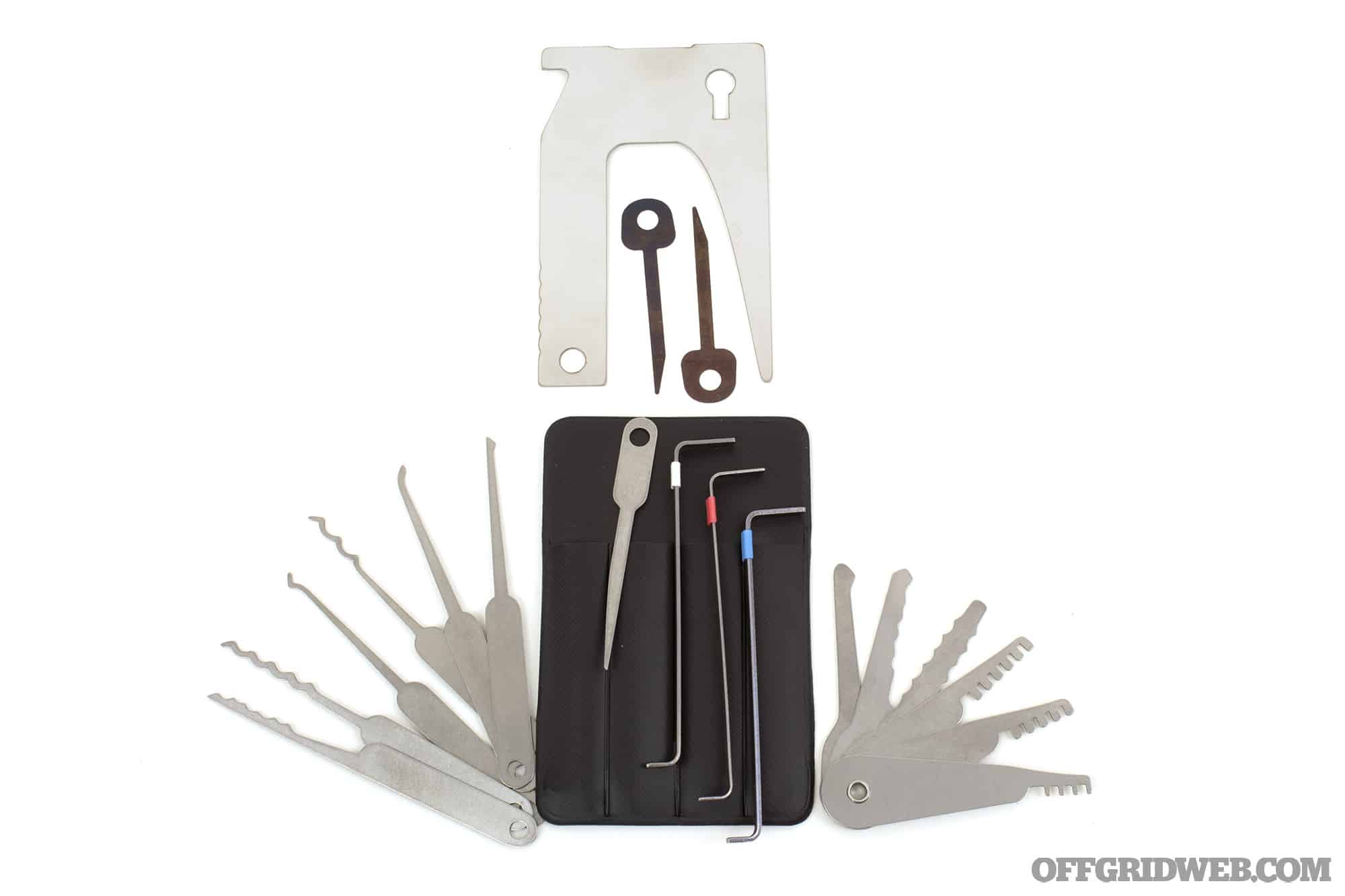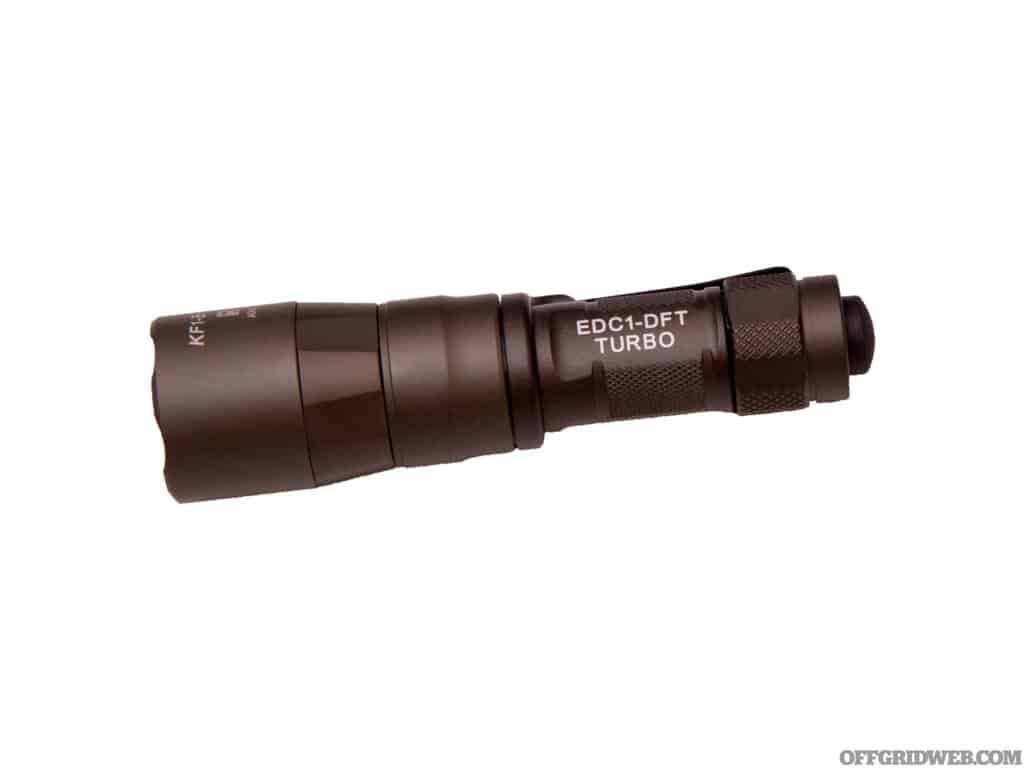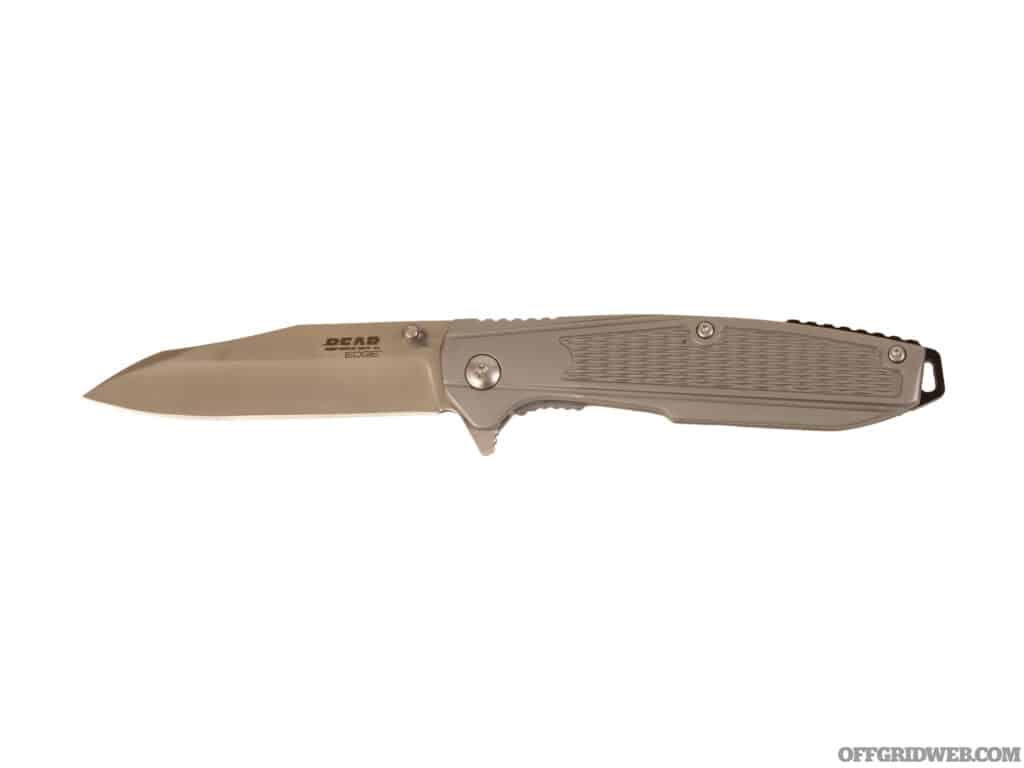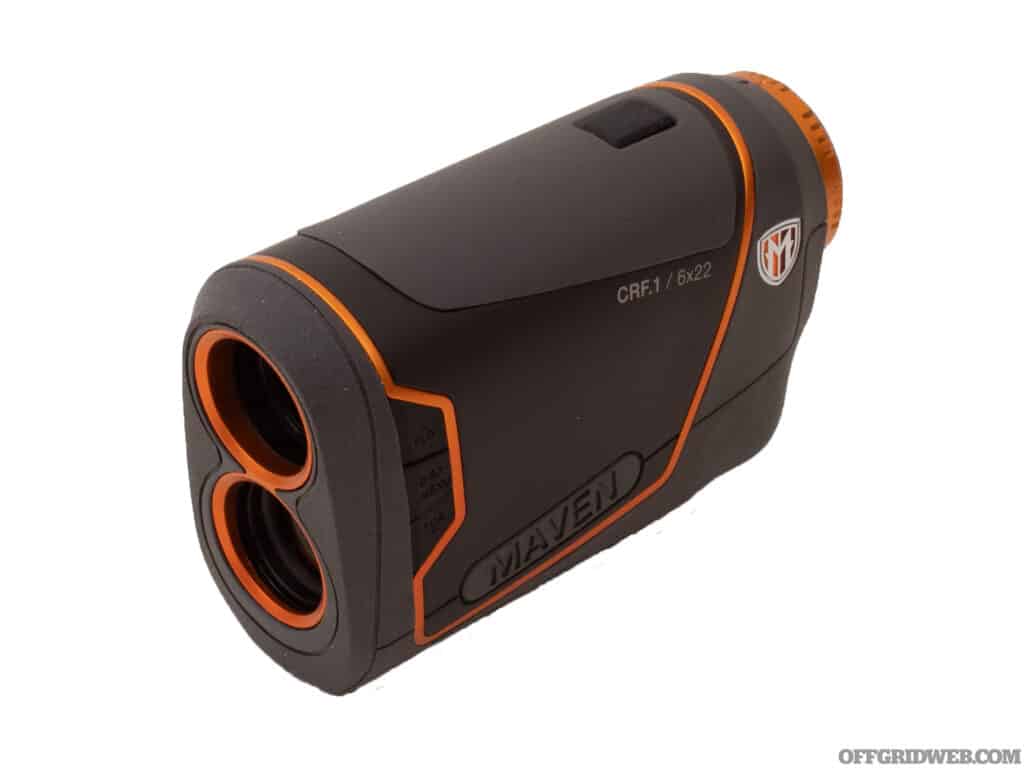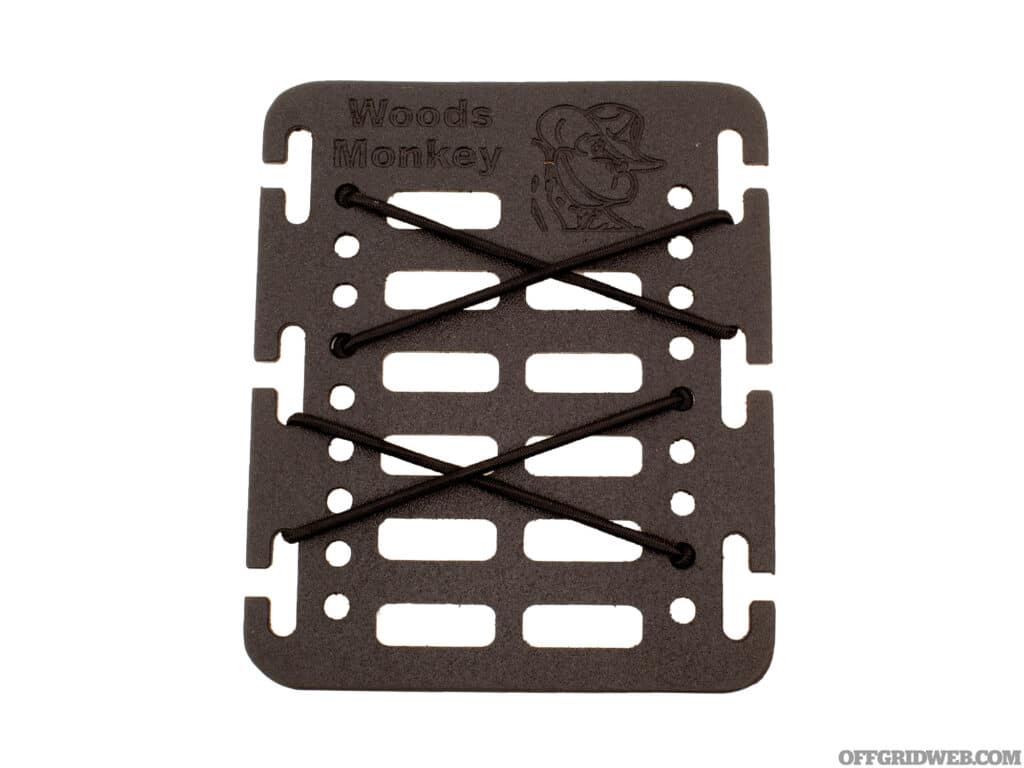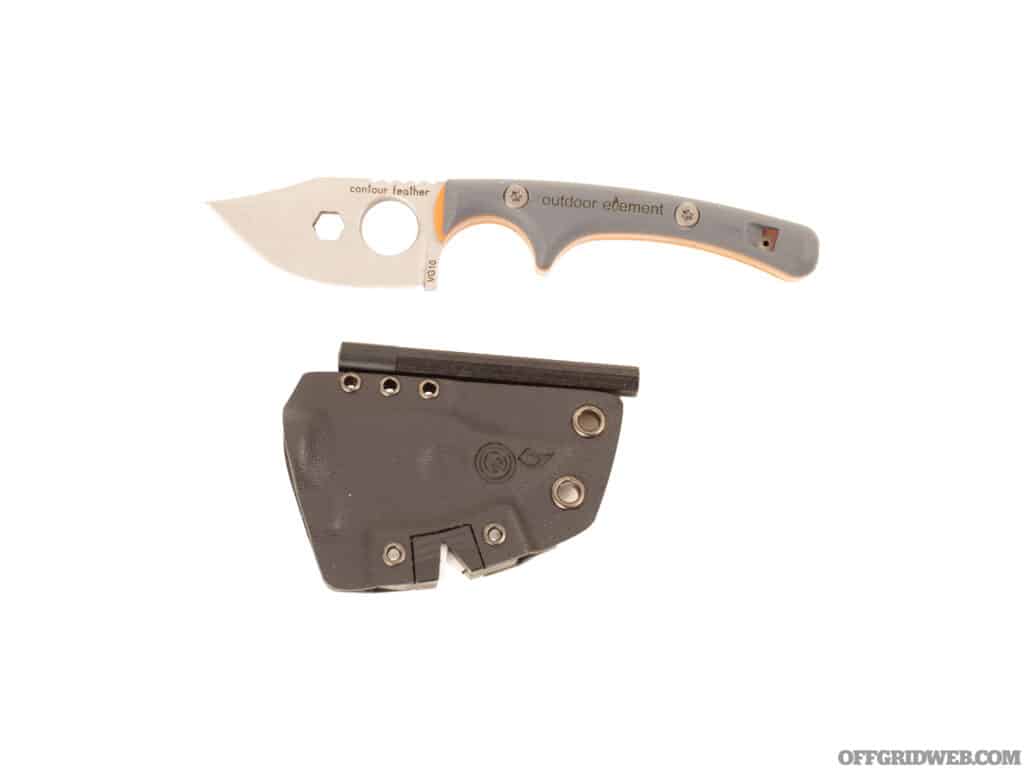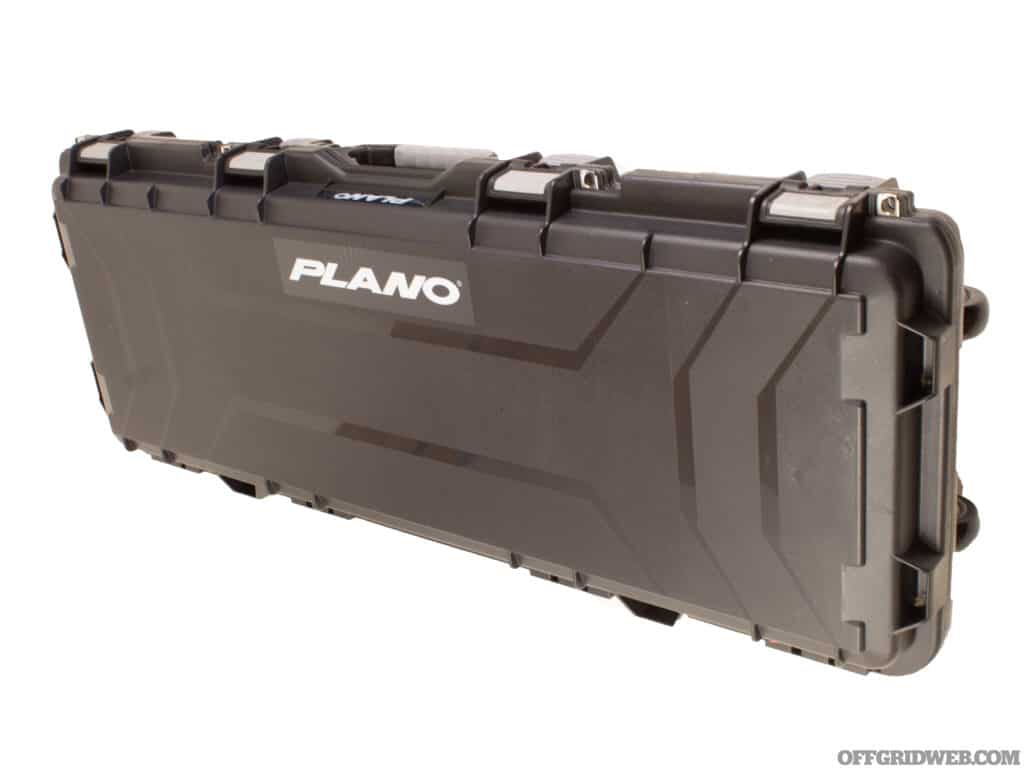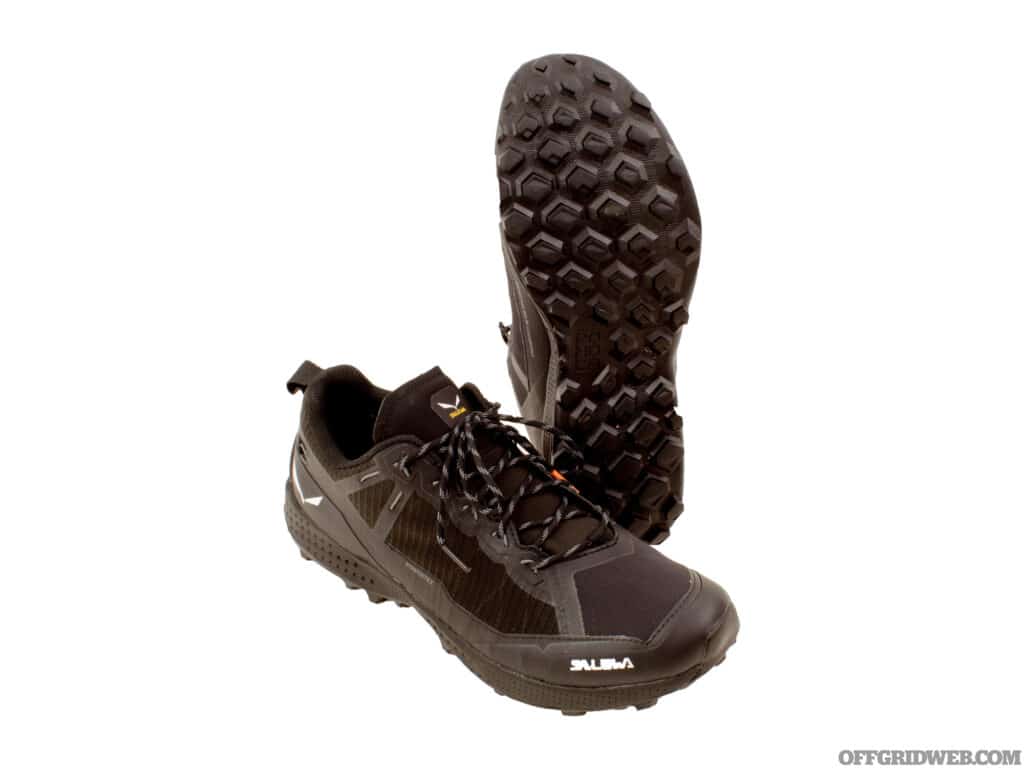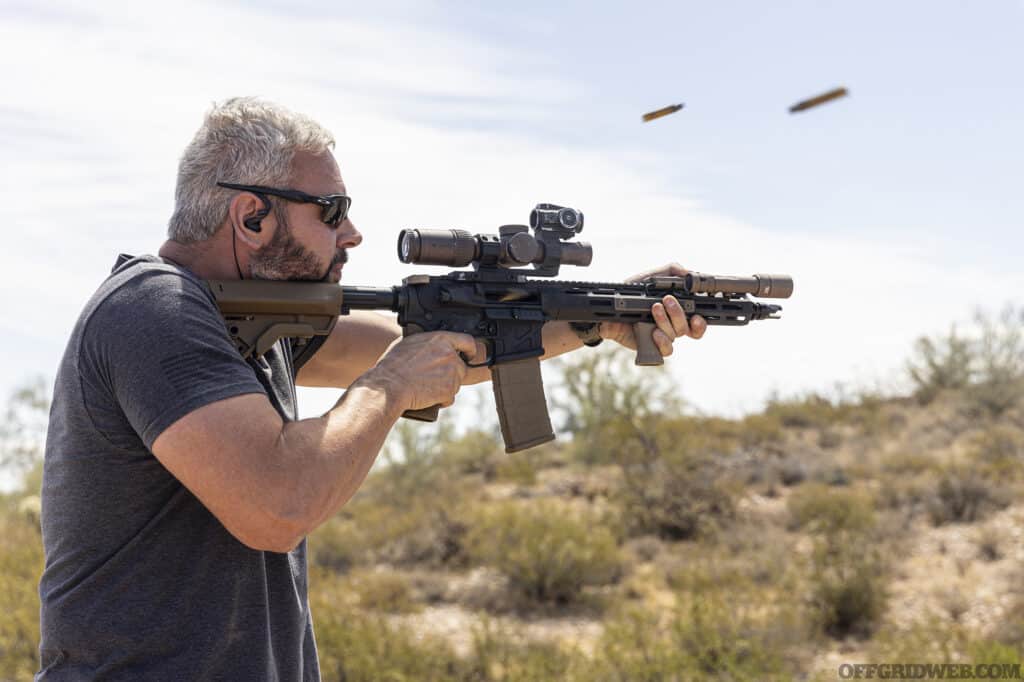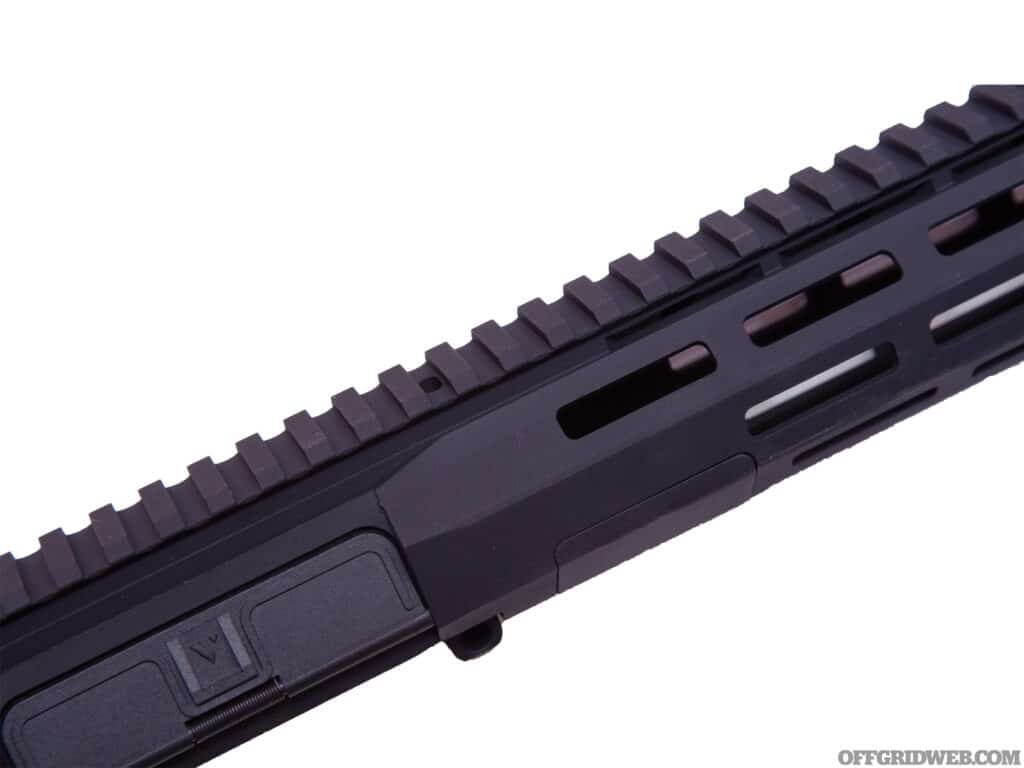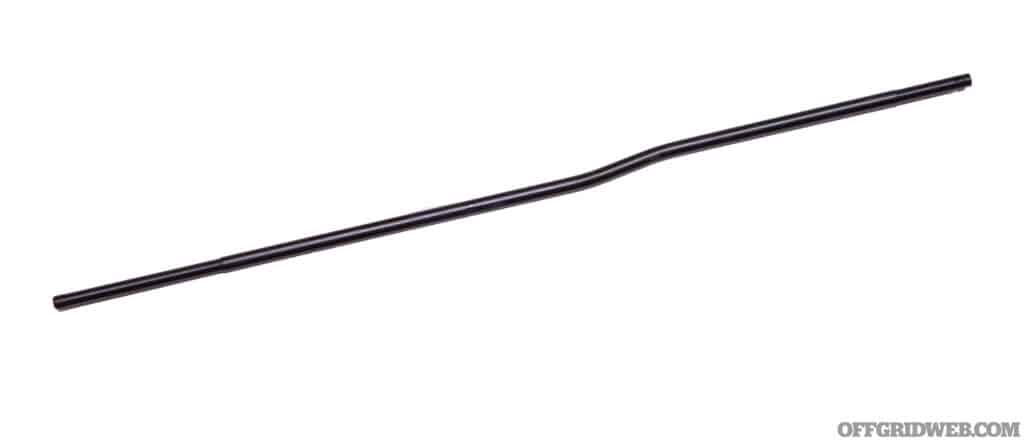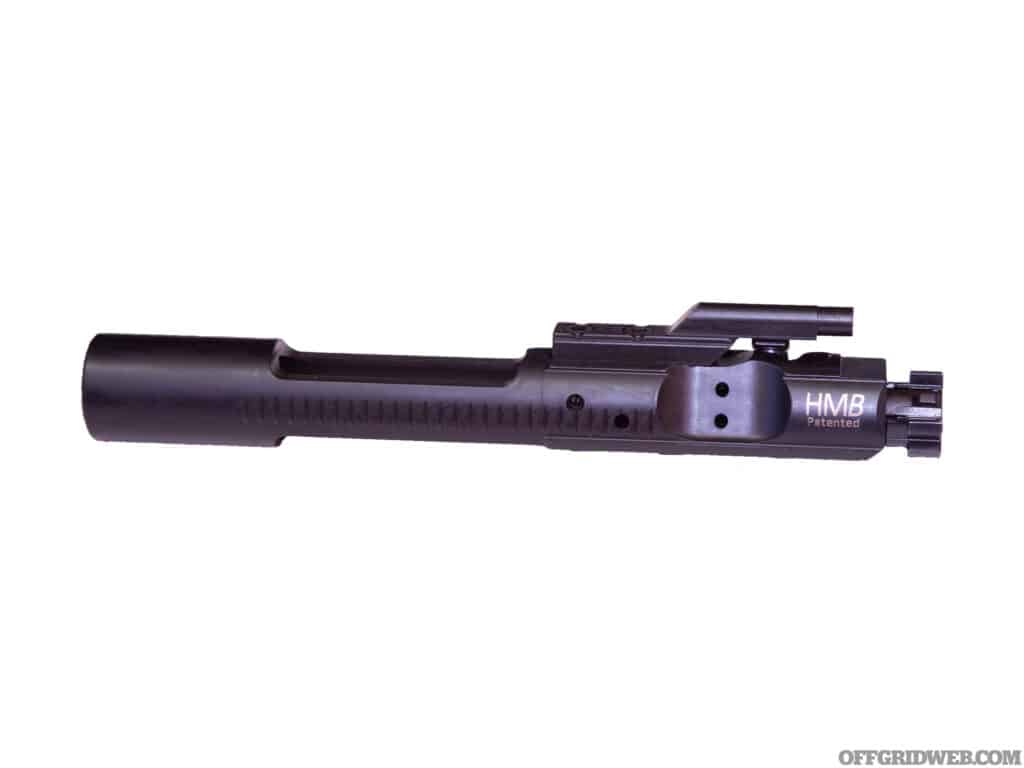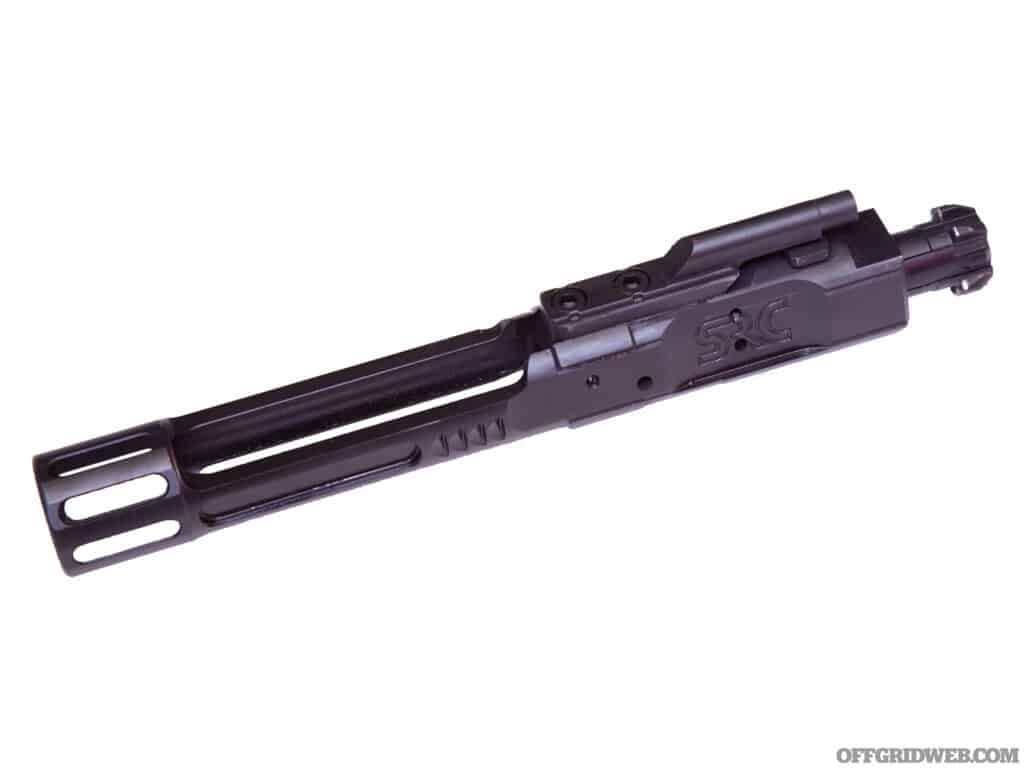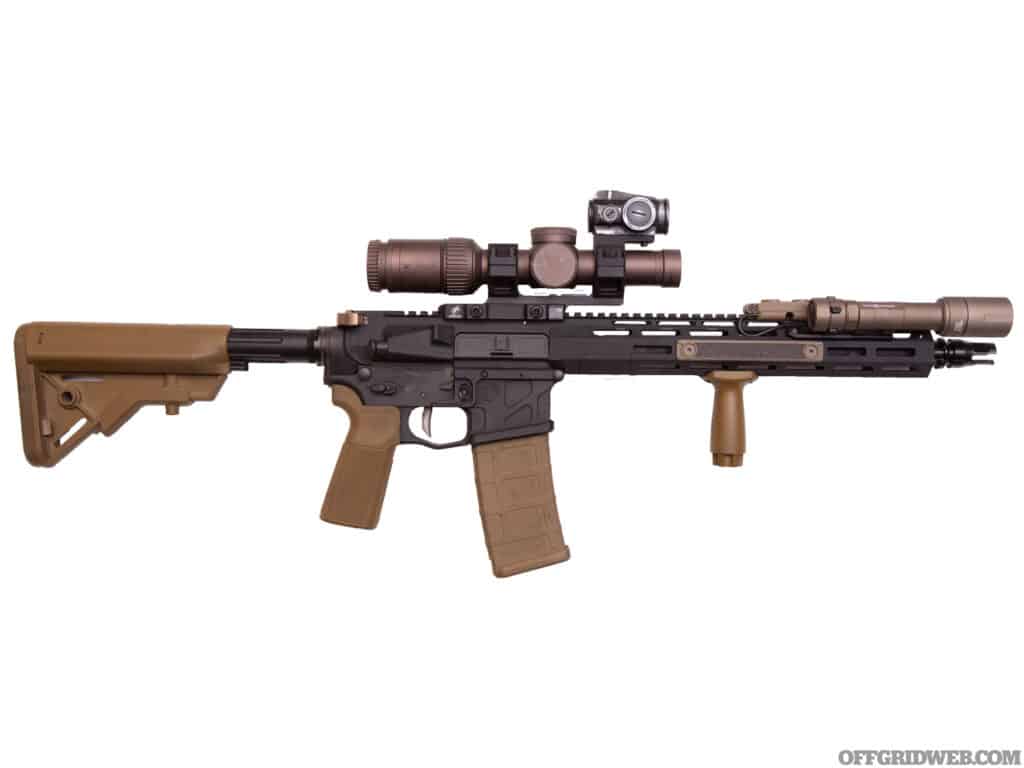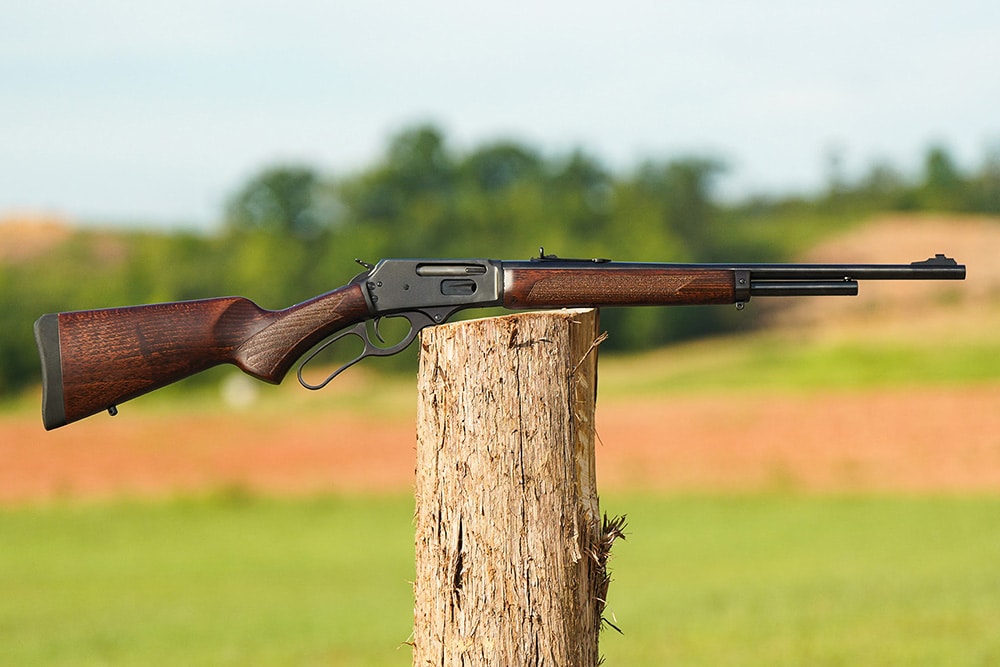In This Article
Do not enter when flooded.” It’s a bright yellow road sign you’ve probably seen next to drainage areas and bridges, but have you given it any real thought? Unfortunately, most motorists simply tune out these warnings. When severe weather does occur, far too many drivers venture into areas where their vehicles simply cannot go — such as becoming stranded on a flooded jeep trail — leading to precarious rescues or even preventable fatalities. According to the National Weather Service, an average of 95 people die each year from flash flooding, and nearly two-thirds of those deaths occur in vehicles. A study published by the University of Arizona also concluded that most motorists who crossed flooded areas did so due to a calculated decision, not an impulsive one — “they tended to cross if it appeared that weather conditions were getting worse, if they could not find another route, and if they saw that vehicles had successfully crossed.”

If you found yourself stranded in worsening storm conditions with a flooded road ahead, how would you gauge your ability to escape the situation? Should you stay put and risk worse flooding at your current location, or attempt to drive out carefully to reach safety? We asked survival instructor Kevin Estela and overlanding expert Rick Stowe how they’d deal with this dangerous predicament.
The Scenario
Situation Type
Flash flood evacuation
Your Crew
Yourself and your 8-year-old daughter
Location
Southern United States
Season
Summer
Weather
Looming storm clouds; high 92 degrees F, low 74 degrees F
The Setup: As a father, you’re a big believer in spending quality time with your kids in the great outdoors. You’ve gone on countless father-daughter adventures with your first-born — camping, fishing, hiking, and plenty of weekends off-roading together in your Jeep Wrangler. For her eighth birthday, you decide to load up the Jeep with supplies and drive from your home in the Midwest down to visit a family member who lives on the Gulf Coast. Along the way, you hit a few off-road trails and camp out overnight. For most of the trip, the weather has been overcast with scattered showers, but as you get closer to the coast, you notice the forecast predicts heavier rain from an incoming tropical storm. Still, it looks manageable, and none of the locals you’ve met seem especially concerned. You’ve only got one more night of camping before you reach your relative’s home, so you head out on the trail to find a campsite one last time.
The Complication: You awake in the middle of the night to the sound of rain hammering your tent. Rolling out of your cot, the floor undulates like a waterbed beneath your feet. Outside the tent, water is already ankle-deep and it’s only getting worse. You wake your daughter and tell her you’ll both need to take shelter in the Jeep, since the tent isn’t going to be able to keep out the rising water for long. As you fire up the engine and turn on the headlights, you realize that the situation is even worse than you thought. The trail back to the main road is clearly flooded — some areas are just muddy, while others are submerged in flowing water. You recall crossing creek beds on your way into the site that may be a foot deep by now, given this amount of rainfall. The weather only seems to be getting more intense, and this whole area may be submerged soon. There’s no cell service, and you’re a few miles from the nearest paved road or occupied structure.
What can you do in this rapidly escalating situation? Should you wait for a break in the weather before attempting to drive on the partially flooded trail? Or should you attempt to drive out of the danger zone immediately before the flood gets deeper? How would you gauge if a water crossing is passable or too dangerous? What can you do to prevent your Jeep’s engine from sucking up water and stalling? If your vehicle gets stuck, would you abandon it to seek higher ground?
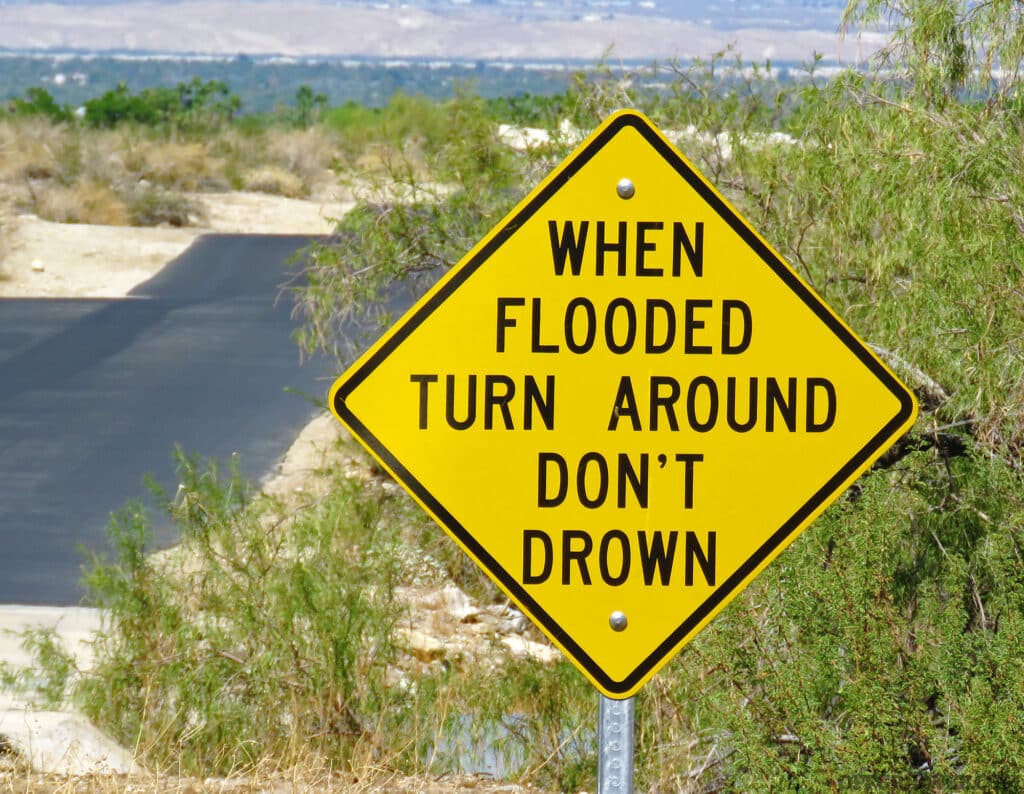
Survival Instructor Kevin Estela’s Approach
“Jesus Christ!” I blurted only to be corrected by my daughter, “That’s a sin, dad. Don’t swear.” My profanity was more of a surprised prayer for help than an expletive. How could we be caught off guard by this water? I grew up in New England and lived in Utah for two years, but I never experienced flooding like this. In my travels to and from Arizona for work, I dealt with monsoons, but I was never put into a situation where that collective rainwater turned into a threat. Then again, those times were not like this one and I should have known better setting up camp so late at night. That’s what I get for driving until I need to sleep instead of stopping when I want to sleep. The backcountry is open for adventure but there’s always a trade-off. We’re on our own to get out of this one.
Noticing the flood waters rising and the rain increasing, I assume this flood is much like the flash floods we heard about at the visitor center. In the Southwest, rain pouring miles away can travel underground and resurface as flooding above ground. I know there’s no way to predict how high the water will get, and we have to assume the worst. Who knows how long this storm band is? Even though I think we’ve seen the worst of the storm, there could be a lot more rain coming, and the water may rise even more.
You can experience cold even in the summer and in the desert. Add in wet clothing and sleeping bags, and you can die from the cold overnight. Our greatest lifeline was our sleeping bags, and we knew we had to keep them as dry as possible. We didn’t plan on camping in wet weather, and we didn’t pack dry bags. Looking over what we had left in our camp, we had to improvise. Since it was the tail end of our camping weekend, we used the garbage bag that lined our Trasharoo rear-tire garbage holder to protect our sleeping kit. We dumped out the contents and inverted the bag to use the clean outside to hold our bags inside. The rain was coming down strong, and we had to fight the wind to close the Jeep doors, which did a mediocre job of preventing the horizontal rain from coming in.
When the water started to rise around us, the question “could this flood” was replaced with “how bad will this flood be?” We didn’t have time to sacrifice waiting around for that answer. Unfortunately for us, where we set up was in a ravine we didn’t notice in the dark. We arrived at camp late at night and couldn’t see the nearby terrain features. We disregarded the general rules for setting up a camp and our haphazard selection cost us. Fortunately for us, we know we can quickly gain elevation climbing to the top of the draw by running to the top of the spur that leads to the ridgeline. Between us and the spur is fast moving water that I can’t determine the depth of. The only other option is heading back the way we came through what appears now to be a creek bed rushing with water.
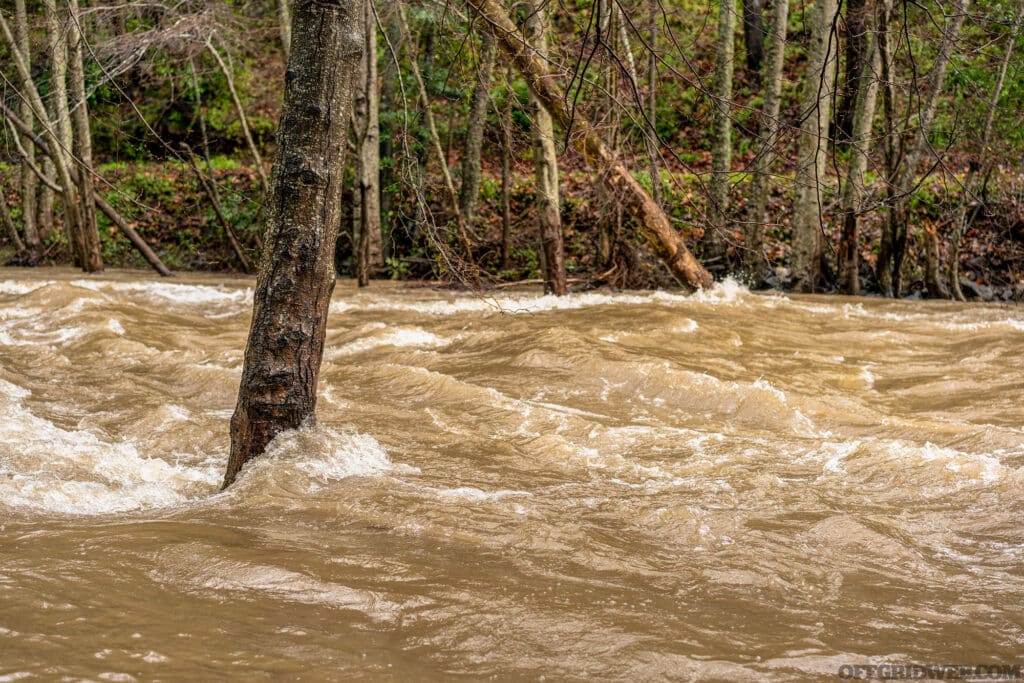
We tune the radio to AM frequencies and start scanning for any updates. This is brand new for my daughter as she grew up in an age when terrestrial radio was falling out of favor, and everything became a playlist plugged into the vehicle. She’s small, and I task her with listening for “the weatherman” who is giving an update on what we’re experiencing. We know storms don’t last forever and perhaps if we can get an idea how long this storm will last, we can decide if we should hunker down or attempt an escape.
This ordeal provided an excellent opportunity for me to speak to my daughter about life. While some parents believe in sheltering their kids, I’d rather educate them than keep them ignorant and naive longer. She may be disappointed with the decision to end our camping trip, but she’ll be alive, and she’ll forgive me eventually. There’s no chance for reconciliation after death. She was nervous when we woke to the water in our tent, and she didn’t fully comprehend the urgency in my voice. In a time like this, she needs to listen to me as a parent and not as the fun dad or friend.
The problem with flood water is not just the water. Our skin is pretty tolerant to that in the short term. Water can be forceful, and it does have the power to bend canoes and kayaks when they’re pinned up against rocks. Water can also float a vehicle pretty easily and just a few inches of water can give a vehicle buoyancy. What also worries me in flood water is what the flood water is carrying with it. Broken off branches, basketball-sized rocks, sharp debris like bottles and trash discarded along the riverbanks and now in the mainstream. Murky water shouldn’t be viewed as just water. I can’t believe I’m seriously thinking about crossing that water, but my daughter got drenched by the rain, and her condition has started to deteriorate.
I never would recommend crossing water of unknown depth if there is a safe alternative to self-rescue. It goes against all logic and the advice of every industry expert I’ve heard. In this circumstance, the choice became very clear even if it was incredibly desperate. In my daughter’s attempts to help me, her clothes became soaking wet. Everything in our camp became soaking wet, including our lifesaving sleeping bags, and not even the vehicle’s heater seems to be warming her fast enough. She was shivering uncontrollably and has now become disoriented and lethargic. In my desperation to fight off hypothermia, I had to come to the realization that she might die if we don’t get her body heat up, and we could both die if we cross the river in an attempt to drive to safety. I’ll be called foolish and careless for letting this scenario get to this point, but I would rather deal with insults than a funeral. No parent wants to bury a child, and the outcome will weigh on me if I don’t act now.
Recovery boards are standard in my vehicles, and they’re used more than my winch. To avoid losing them in mud, I always attach a length of cordage tied to my bumper to drag them from the mud after I drive out of it. In these conditions, prep like that means not losing a lifesaving tool. Traction boards work great in dry conditions, but they become almost impossible to hold onto when water is rushing over them. If I used them in these conditions, I would have to risk losing them, testing the tensile strength of the leashes that hold them to my rear bumper. Even attempting to get them under the tires in moving water could put my life at risk, so we’ll have to rely on keeping up momentum.
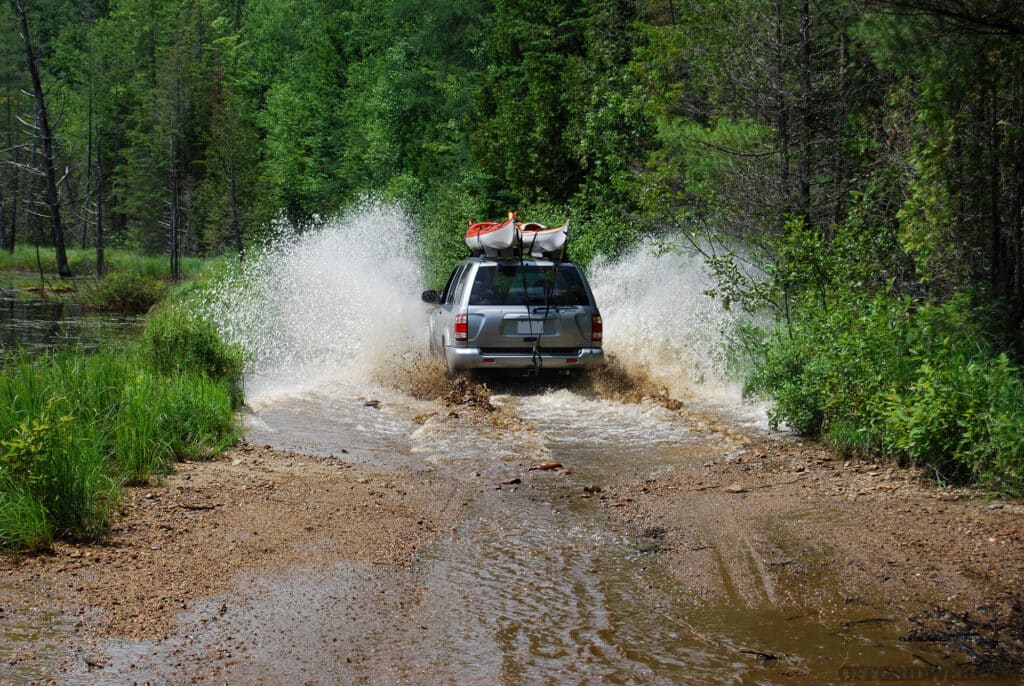
I take inventory of the gear in camp. A tarp and some bungee cords can be used to create an improvised grille cover to reduce the risk of water flowing into the engine bay. I recall reading that ARB, a well-known off-road gear company, offers a “water crossing cover” that attaches to the front of a vehicle for this purpose. It’s almost like one of the old vinyl car bras that became popular in the 1980s, but without openings for airflow (or in this case, water flow). We aren’t looking for a waterproof seal, but rather a boat-style bow wave that’ll redirect the water to the sides of the vehicle, rather than up into the engine compartment. I quickly cut out an appropriate-sized section of tarp and lash it across the Jeep’s hood and bumper with the bungee cords.
My normal vehicle loadout consists of a battery pack for jump-starting self-recovery, traction boards, and a shovel to unstick myself, as well as some basic stay-alive gear like camp stove, sleeping pads/bags, water, and fire-starting equipment. Whenever I travel to the desert, I always pack more water than I need with at least 2 to 3 gallons per person per day. In off-road conditions, light is an asset, and we pack plenty of high output handhelds to support the lights on our vehicle. Now, as I prepare to abandon camp, I ditch any gear that’ll weigh down the Jeep and get it stuck during our bugout.
After prepping the Jeep, we pull up to the water’s edge. I turn on the vehicle’s roof-mounted light bar to illuminate the riverbank on the far side, and I use my handheld light to examine the bank to the driver’s side of my rig. I’m looking for signs of the high-water mark. The spotlight reveals displaced foliage and folded-over branches a few feet above the surface of the water on the far side. Behind my vehicle, candy wrappers and a single water shoe can be seen tucked in the undercut and exposed root system of the riverbank trees. This water isn’t as high as it has been. There’s a chance we can make it if we cross now.
It’s easy to assume slow-moving water is safe to cross, but we can only see the surface and not how it’s flowing underneath. Years as a kayaking/canoeing instructor and guide taught me the laminar flow found under the surface of the water can move much faster and poses a much greater risk. This swift water is often the reason why even experienced swimmers drown in rivers that look to be barely moving. Who knows how the current will affect the Jeep as it crosses? All that’s left is to say a prayer, hope my earlier cursing isn’t held against me by the man upstairs, and send my rig into the water at a steady pace.
The tires lurch forward, and the water gurgles as it rises against the undercarriage of the vehicle. I don’t let up on the gas and avoid spinning my wheels. Momentum is key. I feel the current pushing my vehicle laterally, and I watch the road on the far side of the river appear to move across my dashboard. Steady, steady, keep the wheels straight. Don’t fight the steering wheel. Don’t be surprised by the water coming into the cab. Keep going, come on, come on, more gas … come on, gas, gas, gas! I stare over at my shivering daughter only long enough to make sure she is still with me, and my glance is interrupted by the feeling of the front wheels grabbing the far riverbank and the sound of water draining out of my bumper, wheel wells, and through the seams in the doors. Thank you, God. When I’m clear of the river, I remove the tarp from the front end to allow airflow to the radiator and stow it in case I need it again further down the road. It isn’t long before we make it to a roadblock manned by a highway patrolman who helps my daughter dry off, wraps an emergency blanket around her, and lets her sit in his cruiser to warm up.
Moving forward, part of my EDC will be a set of electronic tools that go hand-in-hand. A Garmin InReach and Garmin Foretrex 601 will allow me to know my exact location and relay it from one device through another to two of my most trusted friends. This trip was not without risk, and since there will be more, these items will be carried without fail on a daily basis. I will also be much more diligent about checking weather forecasts in the future and will choose campsites with flooding potential in mind. I can’t rely on luck or prayer like I did this time. If I make the same mistakes again, shame on me.
Overlanding Expert Rick Stowe’s Approach
I’ve faced a situation similar to this one. It’s a terrible feeling staring at a water crossing that you’re not 100-percent sure you can make it through, especially when it’s your only way out of the area. And while thankfully I wasn’t behind the wheel, I’ve seen a well-equipped off-road rig rendered inoperable by 3 feet of relatively calm flowing water. It’s easy to romanticize crossing rivers with a wake breaking behind the truck, but in reality, combustion engines and electronics don’t mesh well with submersion.
That being said, just because you don’t expect high water during your backcountry trips doesn’t mean you won’t encounter it. Before I even consider modifications and additional equipment, I’d take a look at the factory features and capability of the rig. Personally, I prefer at least a rear locker, close to 10 inches of ground clearance, 2 feet of fording depth, all-terrain tires, and some underbody protection for low-hanging components.
I’m also a big proponent of receiving quality training from a reputable source. I want to know what a rig is capable of before it’s in a dire situation. The Overland Expo event series includes a great team of off-road trainers, and they can show you how your vehicle stacks up against the types of obstacles you’re most likely to encounter in the backcountry. Beyond training behind the wheel, you can also learn the ins and outs of winching, trailside repairs, and other situations that can quickly become dangerous when handled incorrectly.
In this scenario, I’d consider a Jeep Wrangler with decent tires plenty capable of tackling trails with some mud and flowing water less than a foot deep. Given the ankle-deep water in camp, I wouldn’t expect to encounter more than 2 feet of water at the crossings at this point. Of course, this is all speculation, and you never know when you’ll encounter the unexpected, but that’s why we prepare for the worst.
Most of the gear that I’d consider a must-have for the possibility of flooded trails and water crossings isn’t specific to that situation, but regardless, it’d be helpful. We live in a day and age when satellite communication, GMRS, and HAM radio capabilities can all fit on your dash in small, easily accessible devices. With those tools, or a combination thereof, not only can I stay in communication with family back home to keep them updated about my location and changes to my plans, but I can also reach out to seek information about weather and road conditions. In this scenario, I might be tempted to leave the camping area, and by using NOAA weather radio, I could decide which direction to travel to avoid backtracking or areas with more severe flooding. It’s also worth noting that having all of your comms hardwired to your rig is a bad call. I like to keep at least one handheld radio and a satellite communication device that I can grab and go if I’m away from the truck.
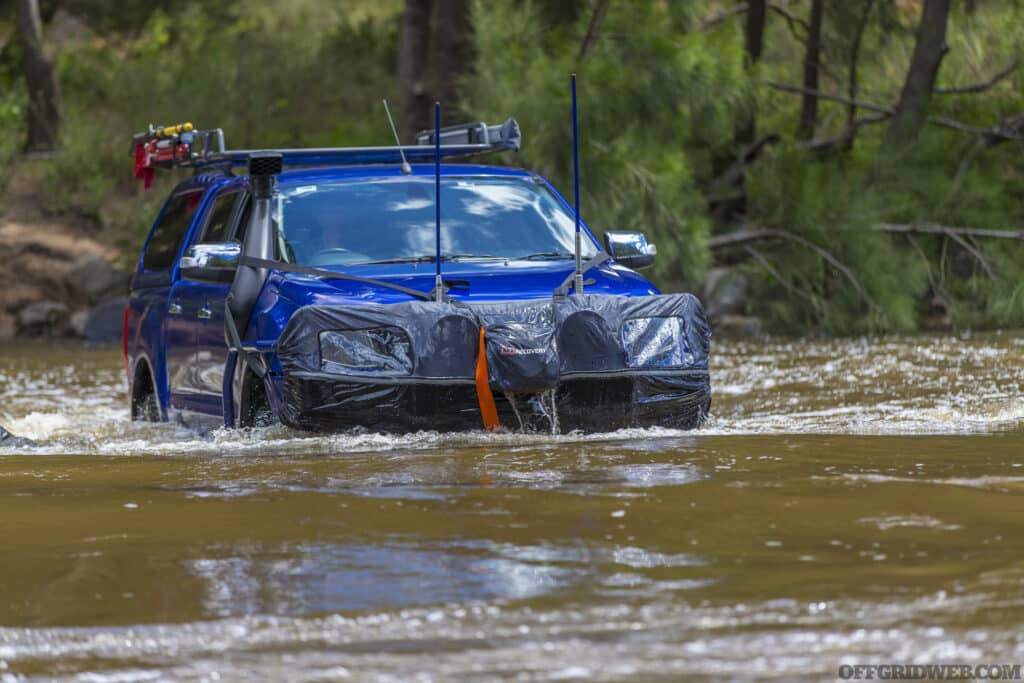
Above: Adding a snorkel to the intake and covering the front end with waterproof material can decrease the likelihood of the engine sucking up water during a tricky water crossing. (Photo courtesy of ARB)
In addition to communication equipment, primary and secondary navigation tools are a must-have. The vast majority of my route planning is done with the onX maps smartphone app. It allows me to save maps offline and review trail photos, difficulty ratings, closure dates, and descriptions of popular tracks. I also keep a number of Delorme Gazetteer paper maps and some region-specific 4×4-focused maps in my truck at all times. You can’t predict when a phone or tablet will be damaged or lost, so secondary navigation tools are required kit.
Recovery equipment and tools are also necessary for venturing into the backcountry via 4×4, especially when traveling without a companion vehicle. I always have traction platforms stored in an easily accessible location. They’re a great first step in recovery situations that are both fast and safe. Full-sized hand tools — at the bare minimum, a sturdy shovel and a saw — are a must. Chain saws or large folding saws both work. The decision comes down to available storage and how fast you want to clear fallen trees. The final component of the trio, a properly rated winch, gains significant capability when you add extension straps, snatch blocks, and tree savers. A winch is also a tool that requires some training to operate safely and effectively.
If I have to ditch my truck because it’s inoperable or hopelessly stuck, I always keep a go-bag packed with shelter, water, and food as the top priorities. Going overboard with a go-bag is tempting, but keeping it small and accessible means I’m less likely to leave it at home. An emergency bivy bag, a quality poncho, a water filter, some shelf-stable food, and the cutting, fire starting, and illumination tools I carry every day will get me through the night.
Obviously, I can’t discuss water crossings in a 4×4 without mentioning a snorkel, but it’s important to remember that this modification doesn’t necessarily give you magical river-fording powers. There are still plenty of electronics and other parts that can fail due to submersion. Specifically, extended differential breathers will eliminate a potential failure.
There’s a bit of an art and plenty of science to driving even a well-built overland rig through water crossings over 18 inches. Ideally, you want to enter the water and maintain a speed that’ll push the bow wake ahead of your front bumper. If you go in too fast or too slow, the water can enter the engine compartment. It’s honestly something you have to get a feel for.
In all reality, this Gulf Coast rainstorm scenario has a lot of moving parts that could greatly affect how I would react. The location comes with its own unique challenges. For one, water crossings where the bottom is sand as opposed to bedrock or gravel can be particularly tricky because they’re more prone to washouts and shifting depths. That’s why I’m certainly not opposed to walking a water crossing before I attempt it. With just my daughter as a companion, I’d rig up a safety line to pivot me back to shore just in case I encountered strong currents. I’d also cut a long sapling or branch to test the bottom as I made my way across each crossing. The one upside to water crossings in areas with less drastic elevation changes is that they’re less likely to rise into flash floods due to draining areas far away. That’s a possibility near large mountains or canyon lands.
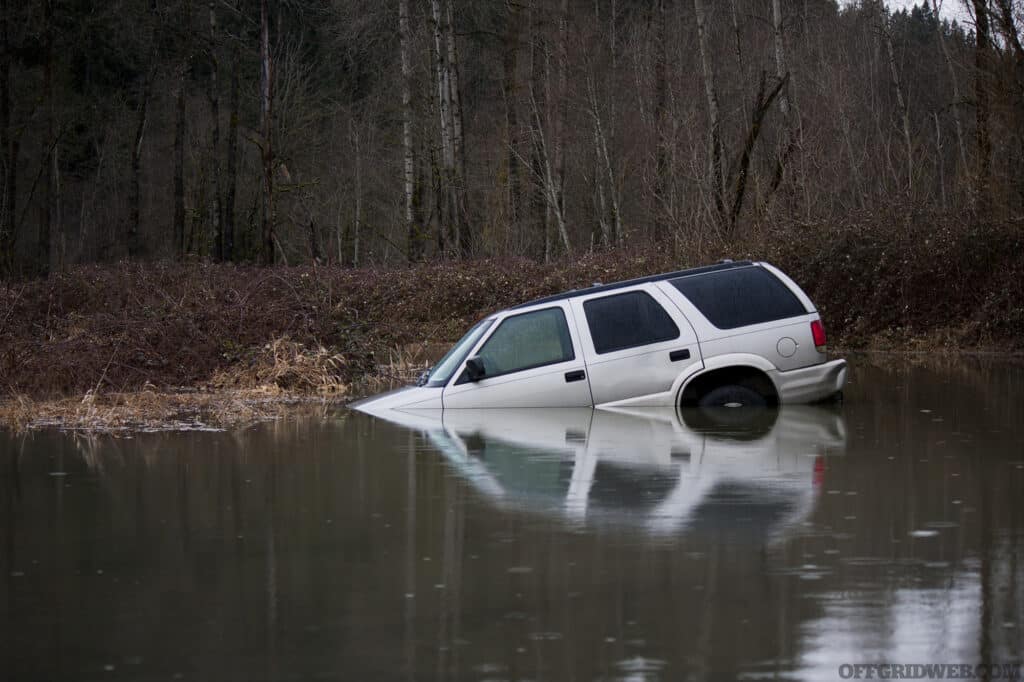
Ideally, before I ever got into this situation, I’d reconsider the low-lying flood-prone areas with the rainy forecast in mind. Obviously, I don’t want to disappoint my daughter; quality time isn’t always easy to carve out, but at the same time, rerouting a couple of hours could save us a lot of trouble. Plus, I could use it as an opportunity to allow her to take part in the planning process as we researched a new area to camp for the night. This is exactly the type of situation where it pays off to be flexible and to have some points of interest and waypoints in mind for future trips.
The biggest factor in this scenario is whether we stay or go. After waking up to standing water in the tent and seeking shelter in the Jeep, I would use my NOAA Weather Radio, satellite comms, and even HAM to gather as much info as I could to make a decision. Driving out of the area to get back to a road might mean encountering an impassable obstacle, whether that be an unsafe water crossing or downed trees. I’ve seen too many situations where you spend time cutting a tree blocking the trail just to find a tangled mess of timber a quarter mile away. Unless the expected rainfall was going to produce significant flooding, I’d be tempted to wait it out, sleeping in the back of the Jeep. That’d keep us dry and out of the water unless it was going to rise over 3 feet. Since the scenario doesn’t take place right on the coast, storm surge isn’t an issue, and if more than 36 inches of rain is forecasted, I’d definitely change the plan.
Heading to the high ground would also be an option, but unless it was close and definitely drivable, I’d keep an open mind about setting out on foot. With the equipment in the go-bag, the night would be passable, and the temperatures wouldn’t necessarily be dangerous.
Obviously, having an 8-year-old as your only travel companion takes some special consideration. The biggest being that this whole situation will be a lot easier if she’s calm and comfortable throughout the ordeal. Personally, I think a lot of that depends on exposing kids to adverse situations at a young age with proper preparations and encouragement. In short, teach them to deal with “the suck.” Kids are malleable, and their comfort range isn’t as narrow as some might think. Making sure my daughter knew how to use the radio so I could stay in touch while scouting crossings or pulling the winch line is at the top of the list. Even if we had to head out on foot, her poncho and bivy would keep her warm and dry, and as long as that wasn’t the first time she had been out in stormy conditions, she would be fine.
Just like an off-camber trail, getting a truck high-centered, or a whole host of other situations you can encounter overlanding, high water can be nerve-wracking. At the end of the day, we explore to push ourselves, and technical driving is just another skill set to add to your mental toolbox. As long as you’re honest about the conditions, your ability, and your rig, you’ll probably be OK, but that’s still no guarantee. Where’s the fun in that?
Conclusion
These days, our vehicles are safer and more technologically advanced than ever before, and that tends to make us feel insulated from danger behind the wheel. But danger is ever-present, especially once inclement weather and reduced visibility are added to the mix. Even on paved roads, it’s not uncommon to see motorists stranded after losing control in the rain or attempting to drive through flooded areas. In an off-road setting, heavy rain can quickly turn smooth dirt roads into slippery mud, and swell trickling creeks into impassable rivers. And if you get stuck in a remote location, tow trucks and traditional roadside assistance services won’t be able to help you, assuming you have enough cell signal to reach them at all.
As always, preparation is key. Plan your route carefully and use services such as onX maps that provide recent photos and user-submitted updates regarding trail difficulty. When you’re heading out on a trail for the first time, consider bringing an experienced friend with a second vehicle — if you get stuck, they might be able to pull you out or go find help. Check weather frequently and don’t hesitate to turn back if conditions deteriorate. If you’re serious about off-roading and overlanding, invest in quality tools, recovery equipment, and off-grid communications gear. Above all, don’t fall into the trap of overestimating your driving prowess or your vehicle’s capabilities. That’s an easy way to end up in deep trouble — literally.
Kevin Estela is the director of training for Fieldcraft Survival in Aberdeen, North Carolina. He’s the best-selling author of 101 Skills You Need to Survive in the Woods and an accomplished magazine writer. He’s the host of the Fieldcraft Survival Podcast and a regular guest on others. Estela has been a professional bushcraft and survival instructor since 2007 and has tested his skills in a wide range of environments. Highly sought after for product testing, designs, and feedback, he’s regarded as a subject matter expert and authority in outdoor skills who conducts regular courses around the country. You can follow him on Instagram at @estelawilded Rick Stowe, associate editor for Overland Expo, is a fan of exploration regardless if it’s by foot, 4x4, or bike. Even though most of his professional work is based around lifted trucks and rooftop tents, he still appreciates the opportunity to head out with a pack, a tarp, a cook kit, and a knife to practice primitive skills. If there’s a solid trout stream nearby, even better. He believes that when everything goes wrong, the most valuable thing you can carry is a solid knowledge base and practical experience. Remember, skills weigh nothing, and an emergency is a terrible time to get your gear dirty for the very first time. overlandexpo.comMeet Our Panel
